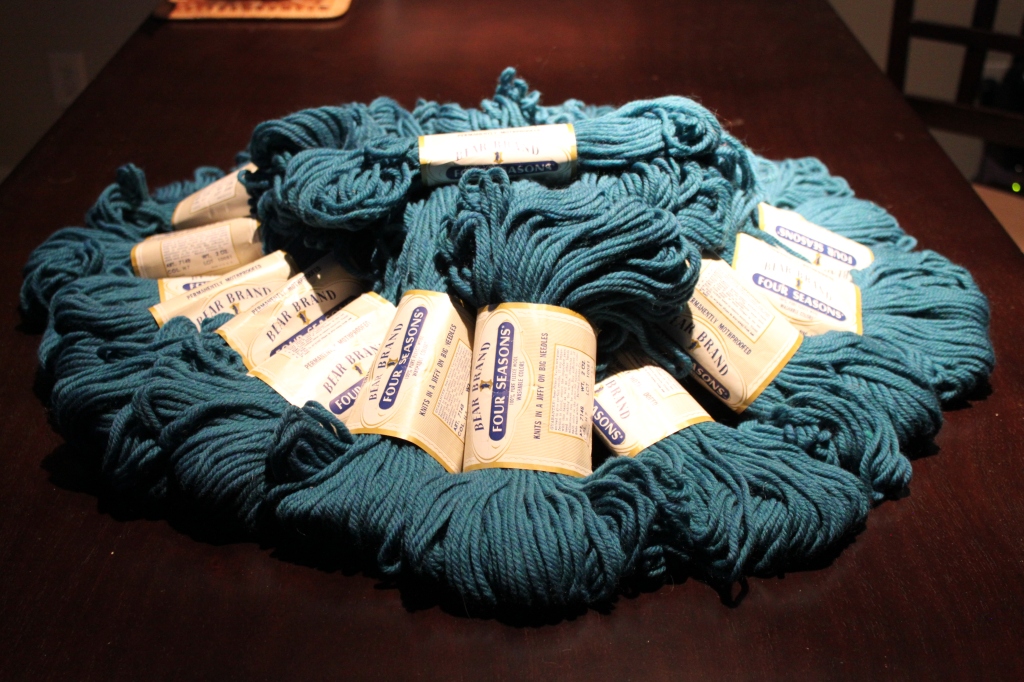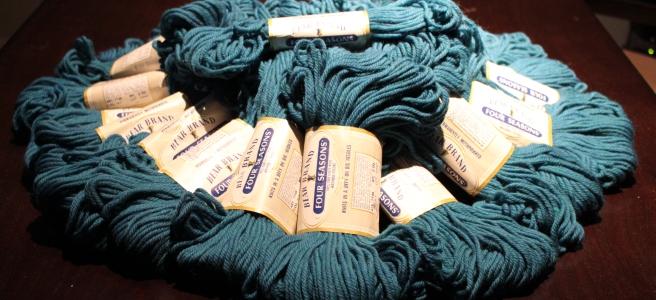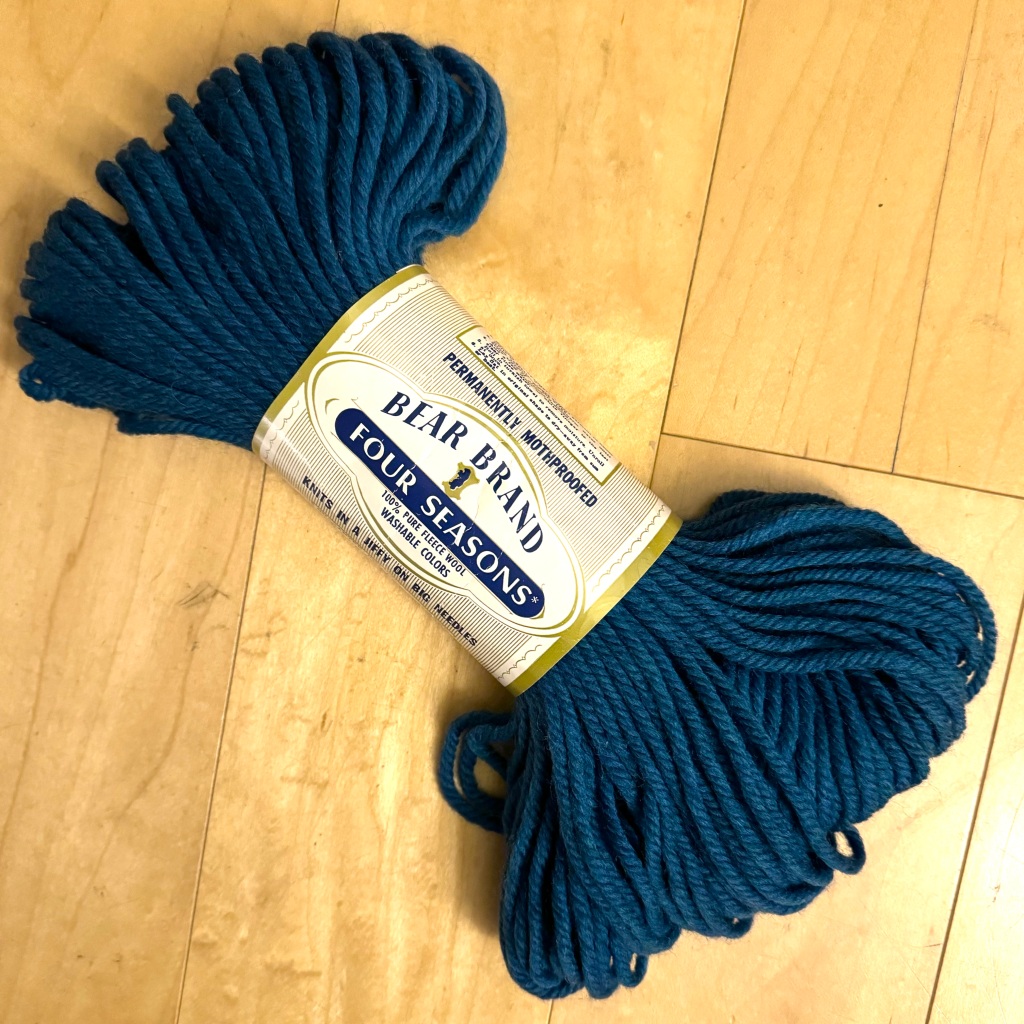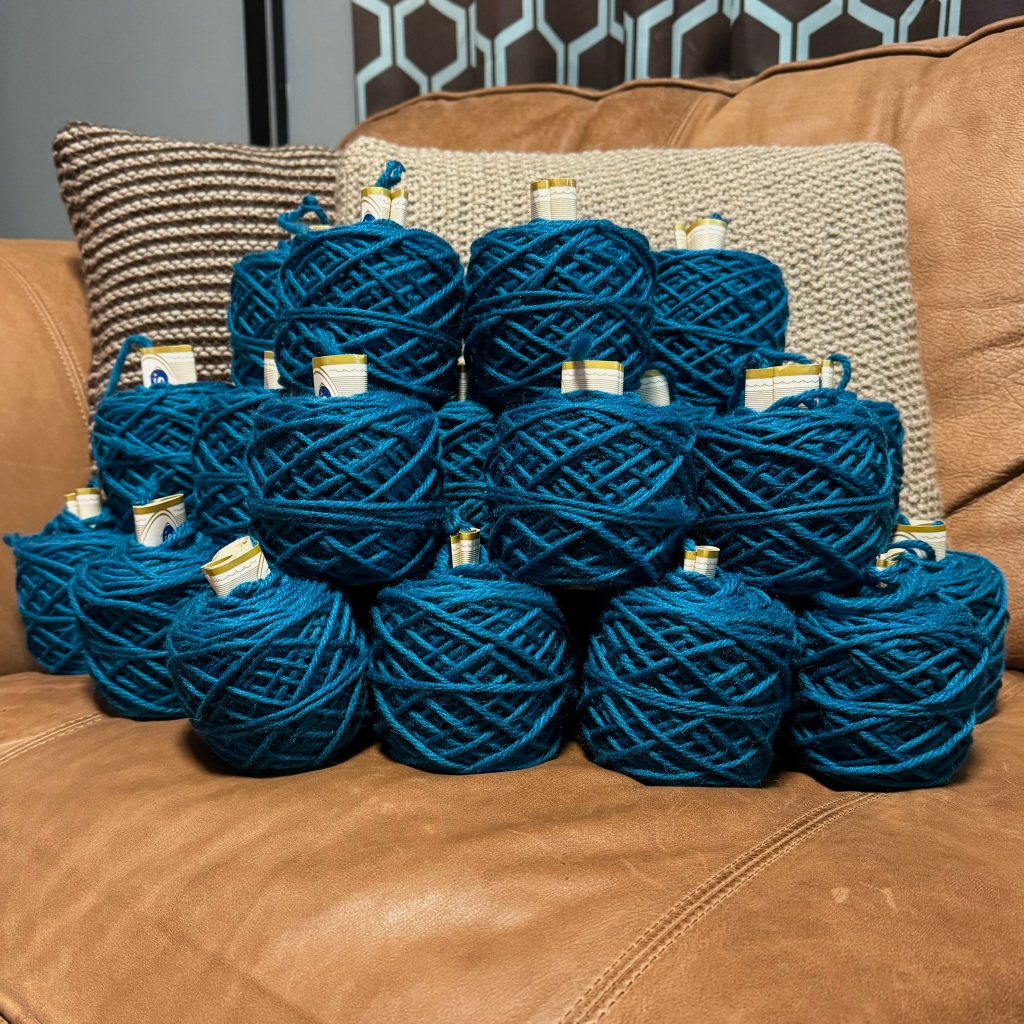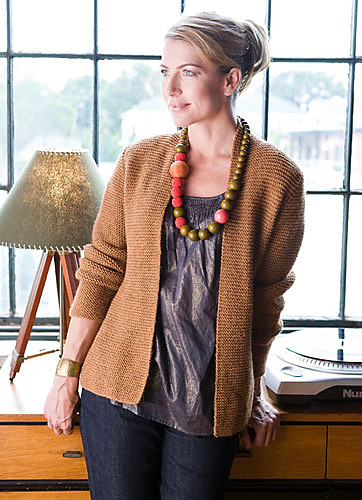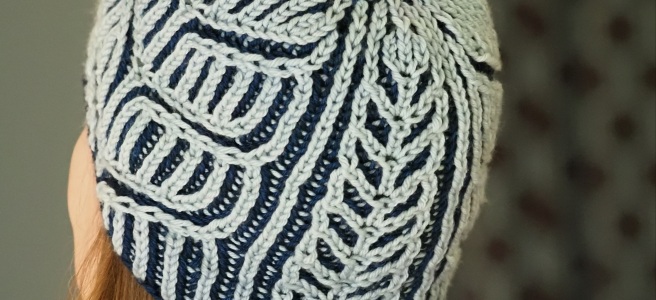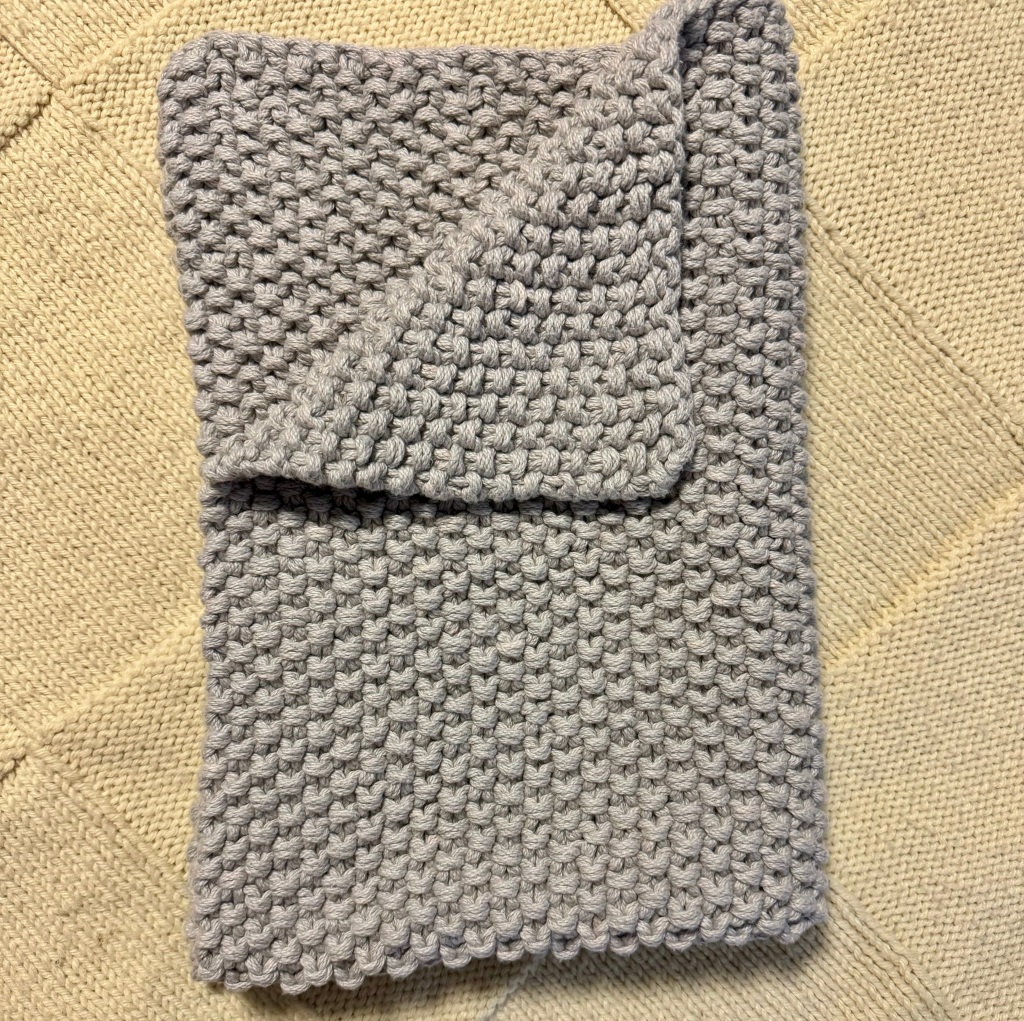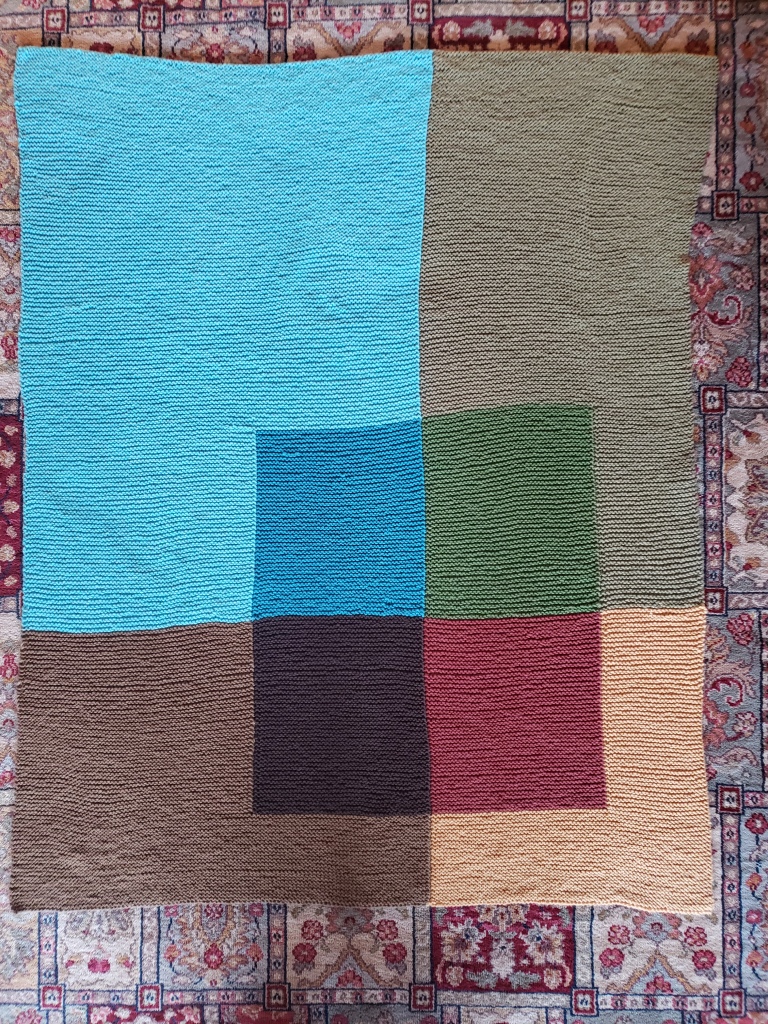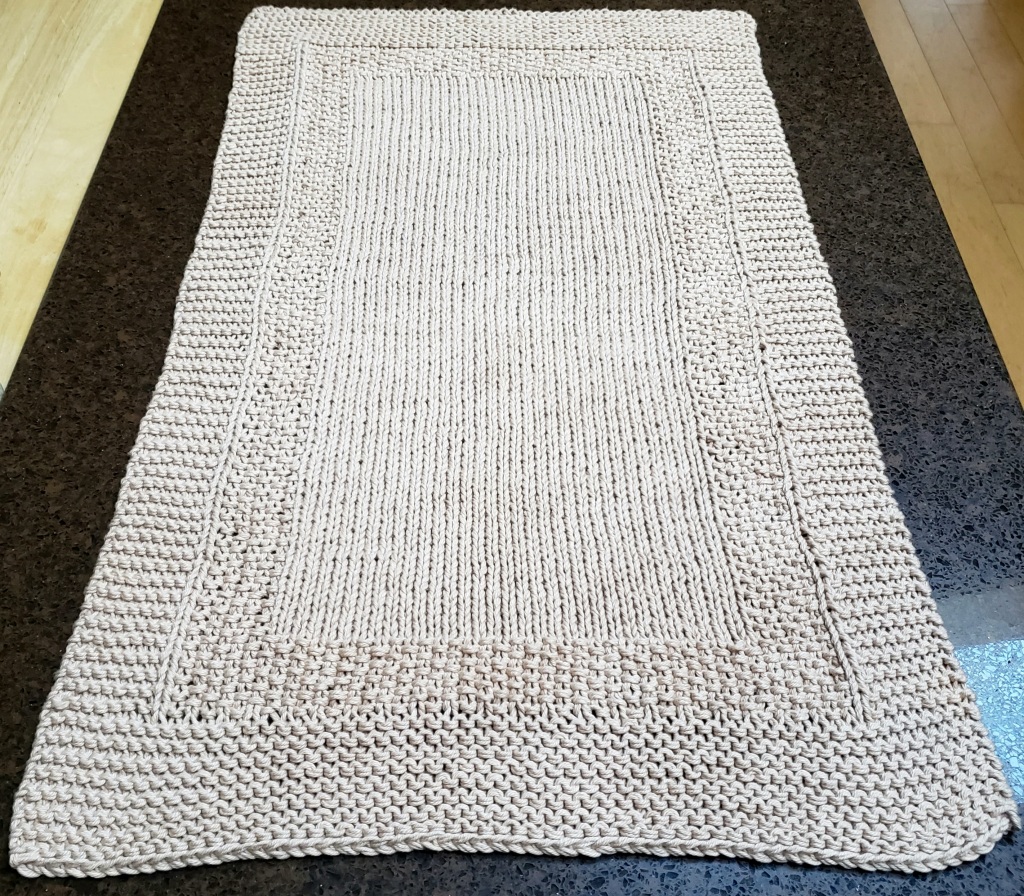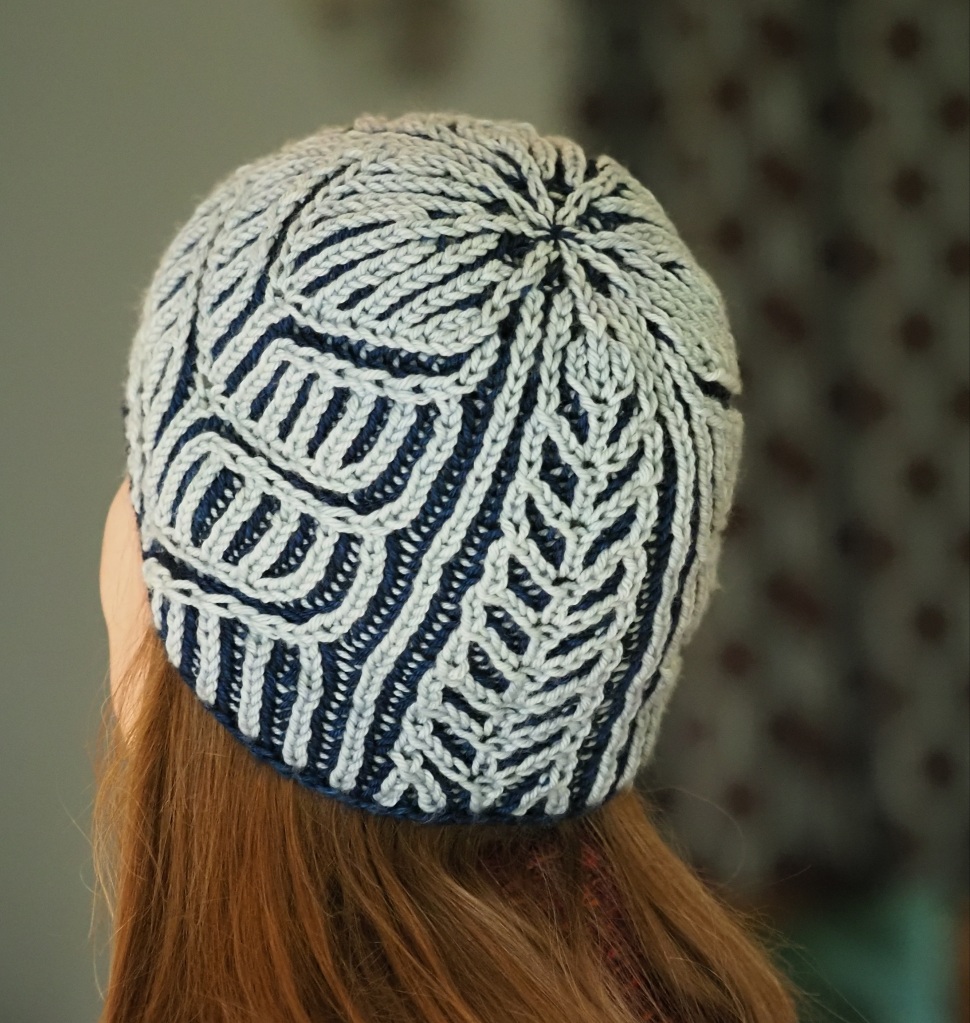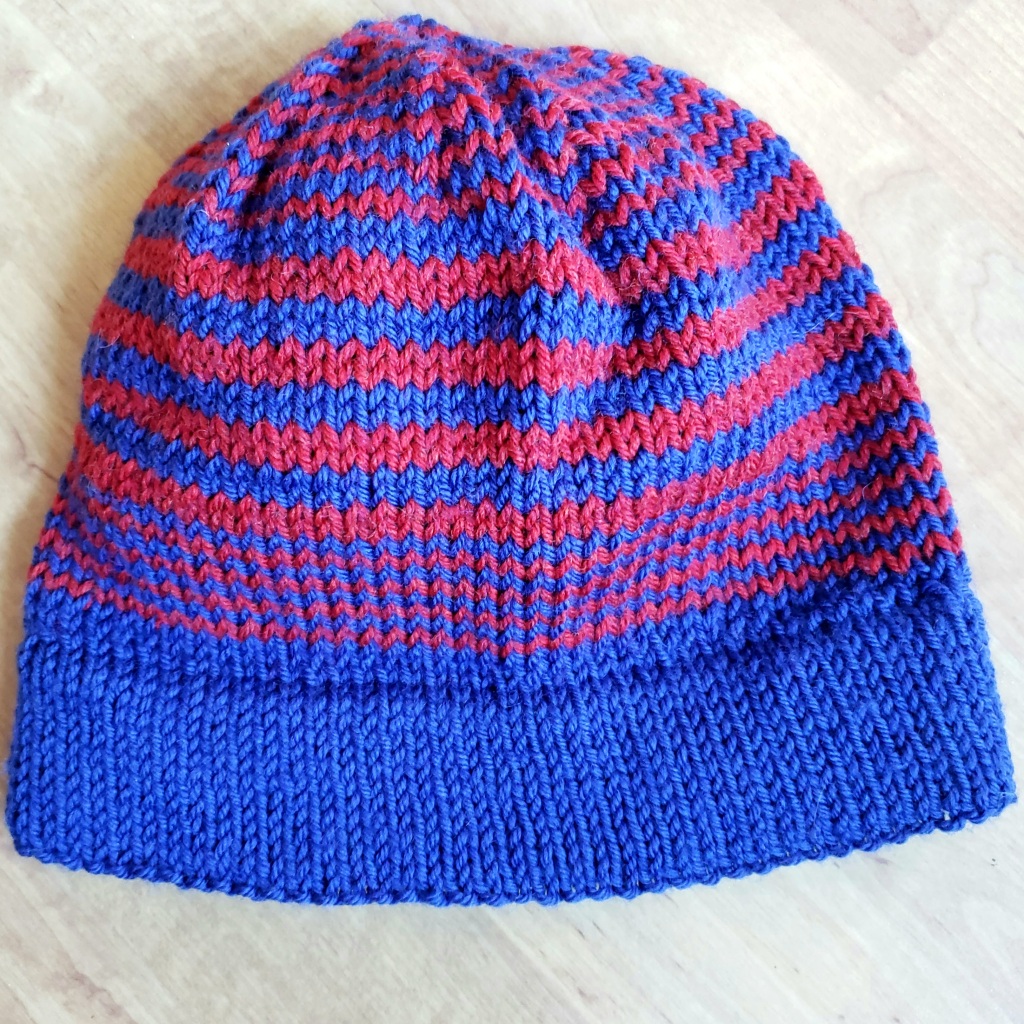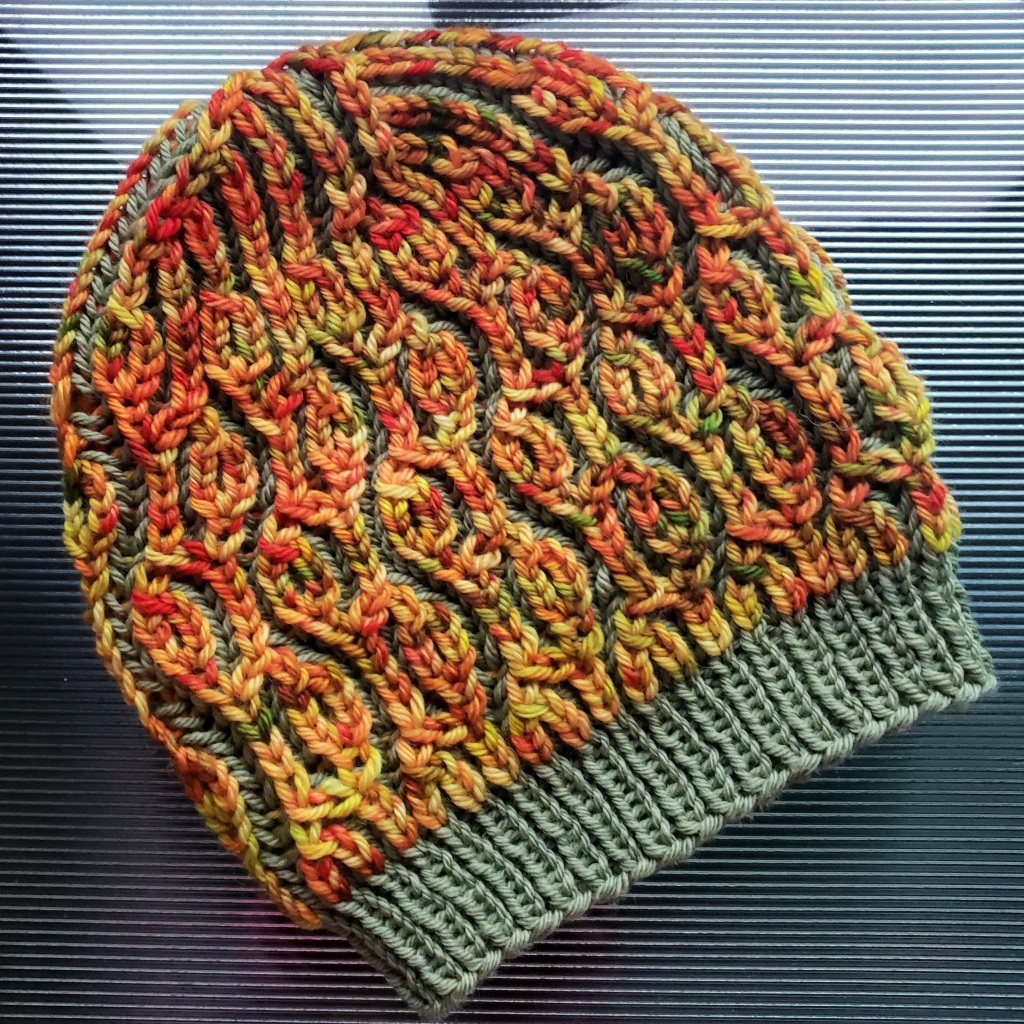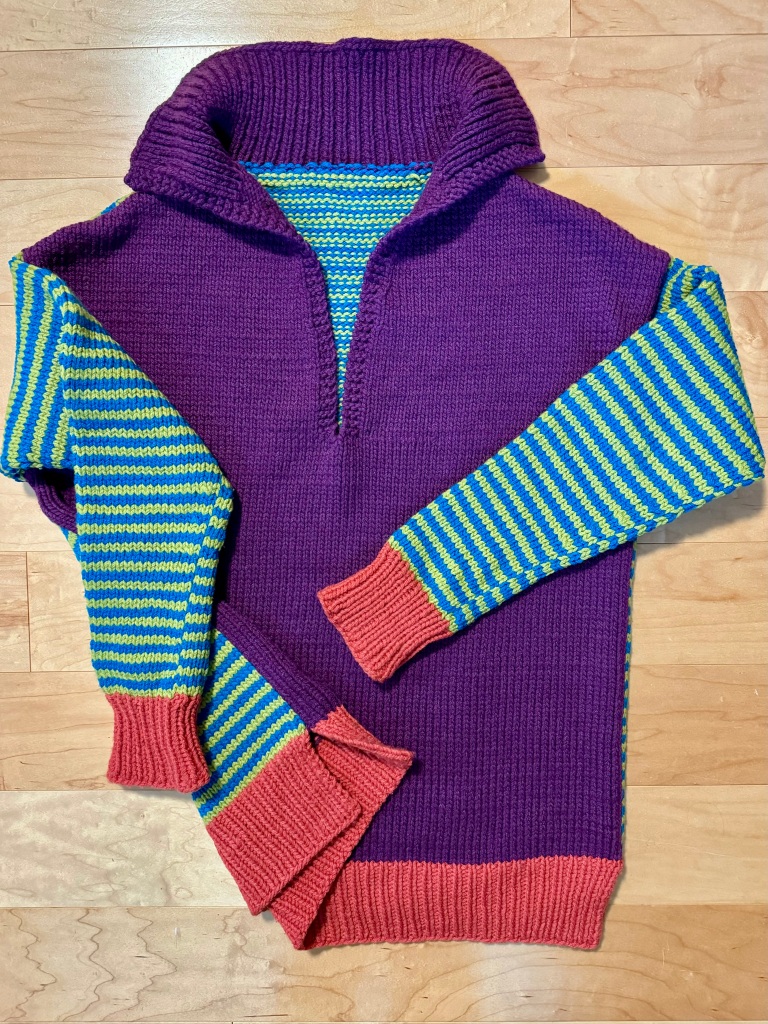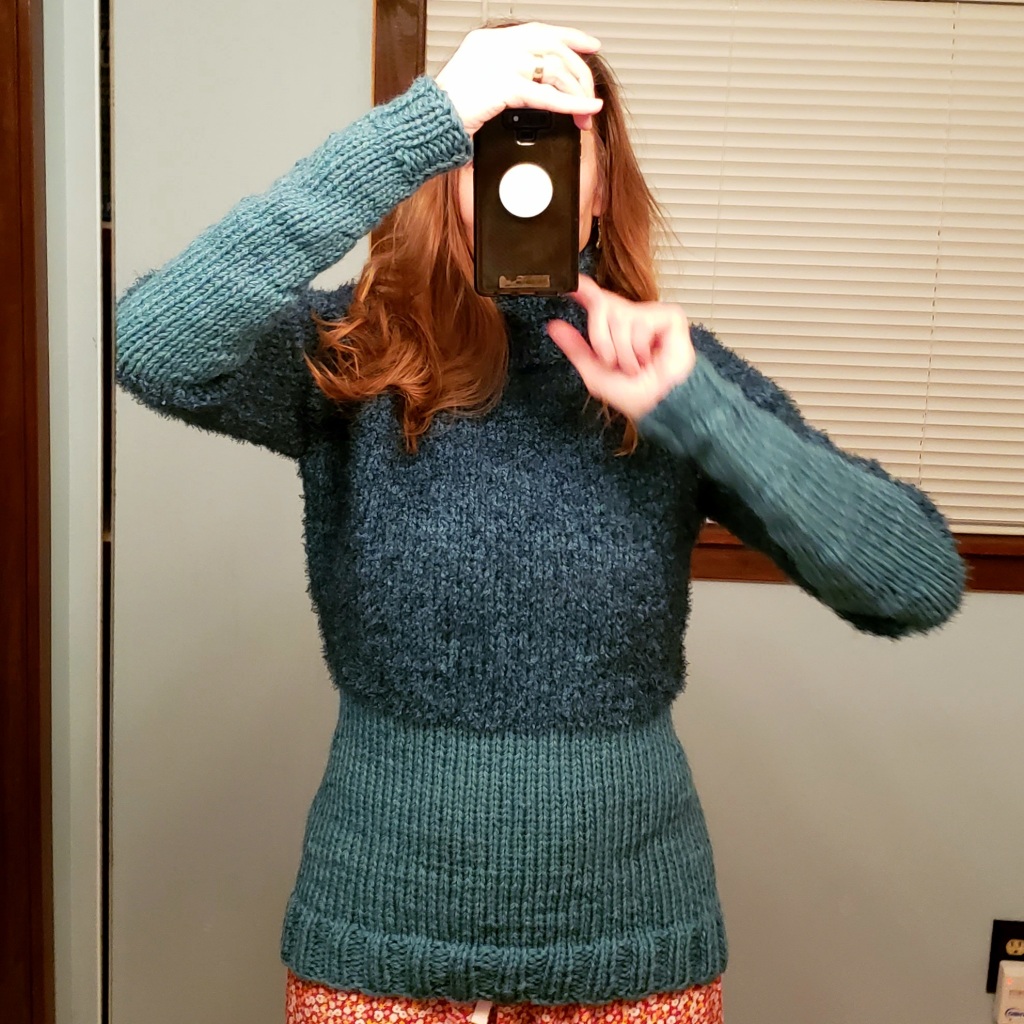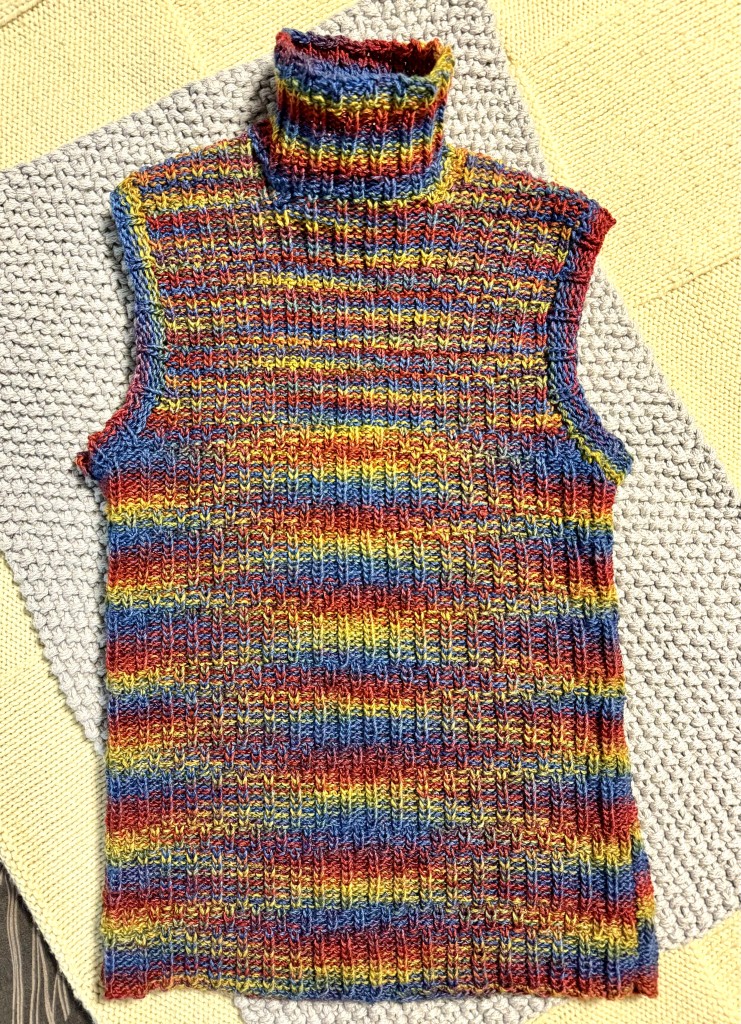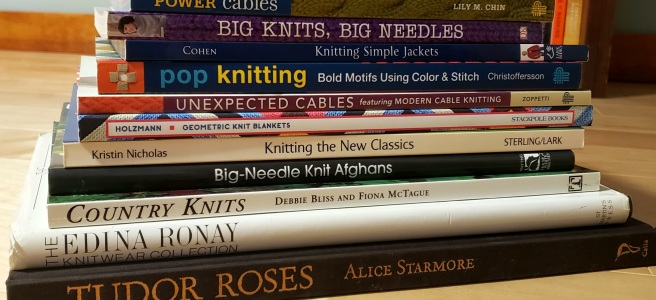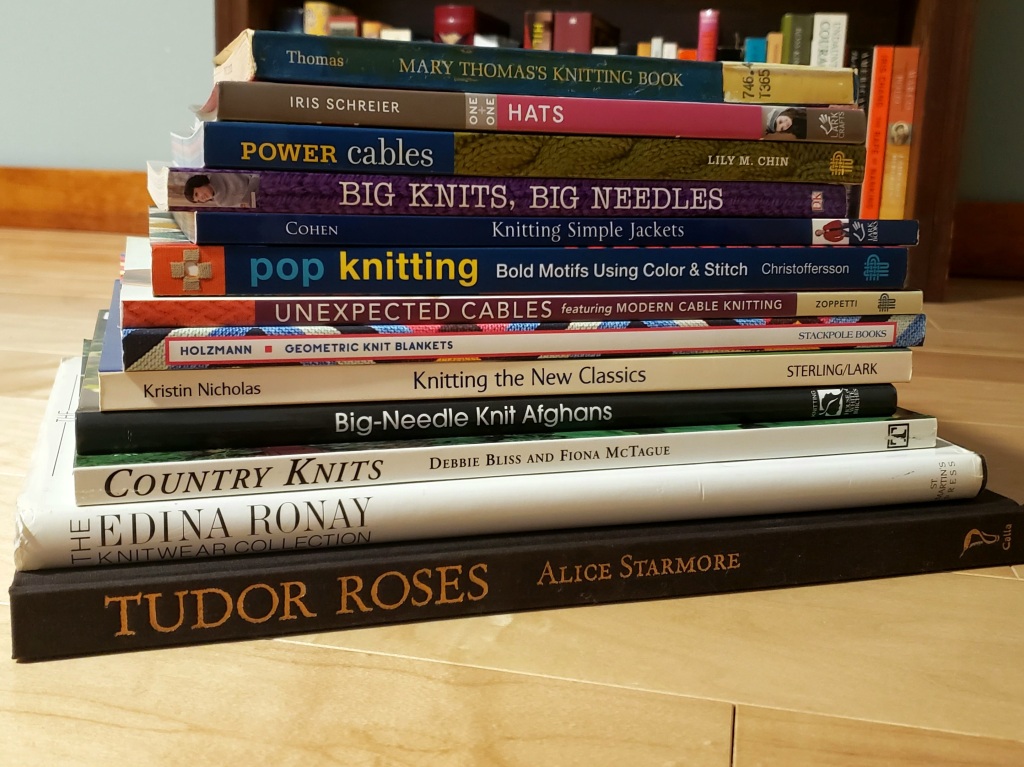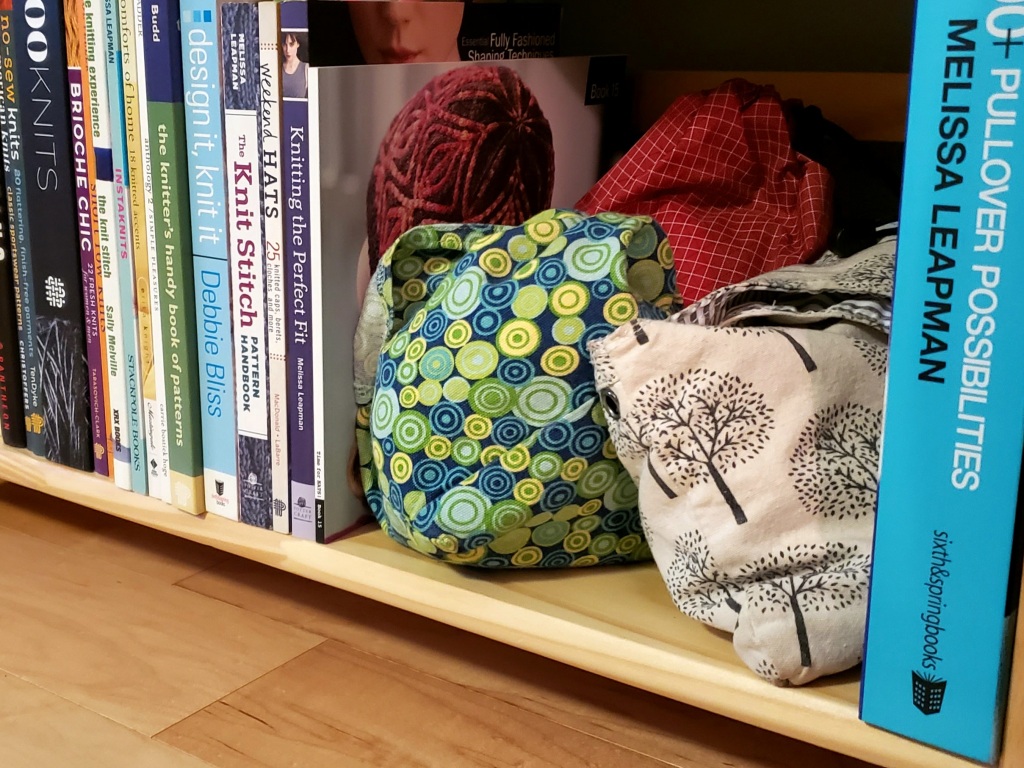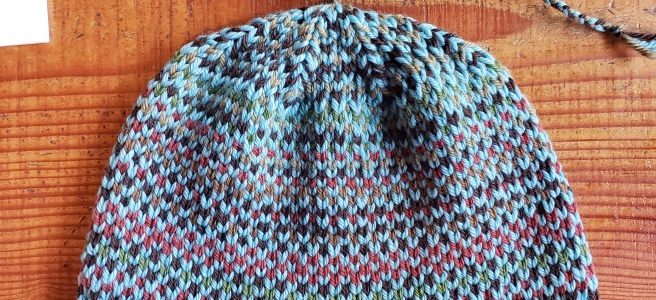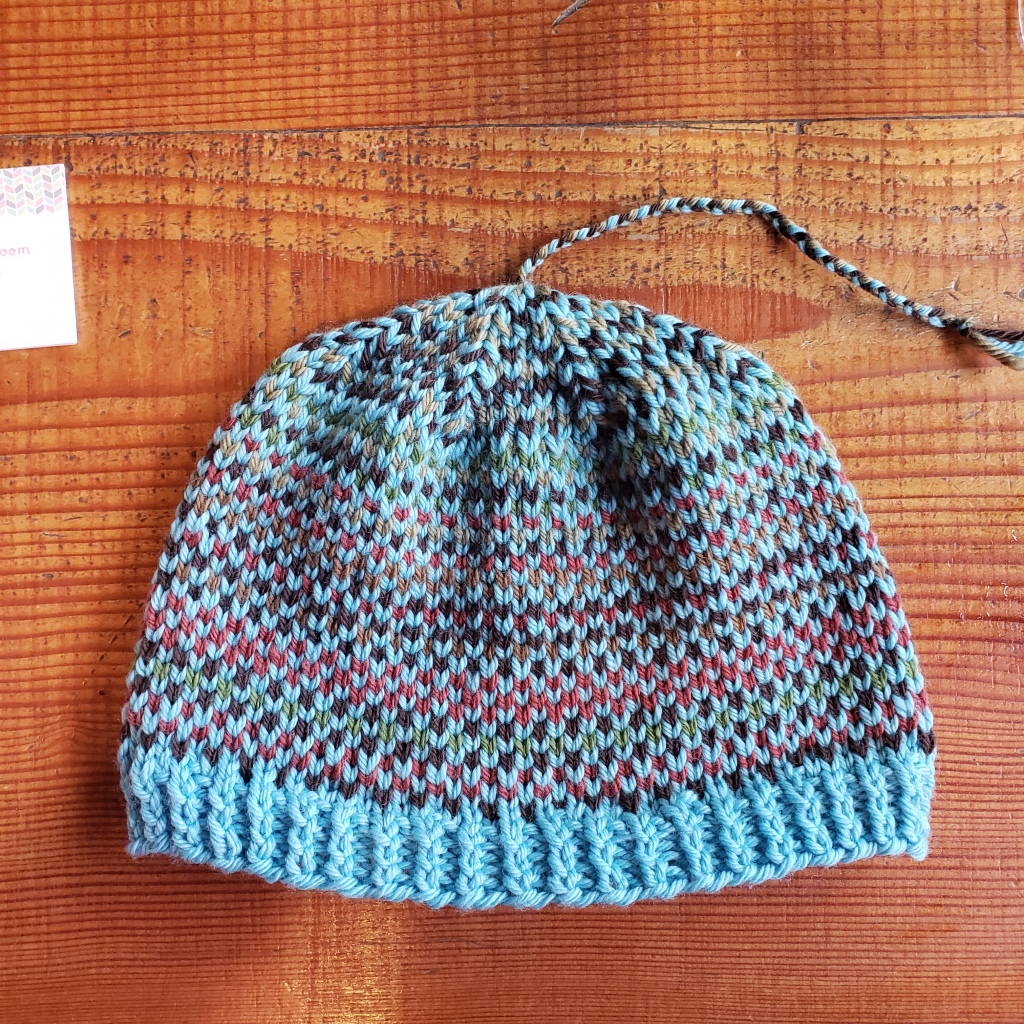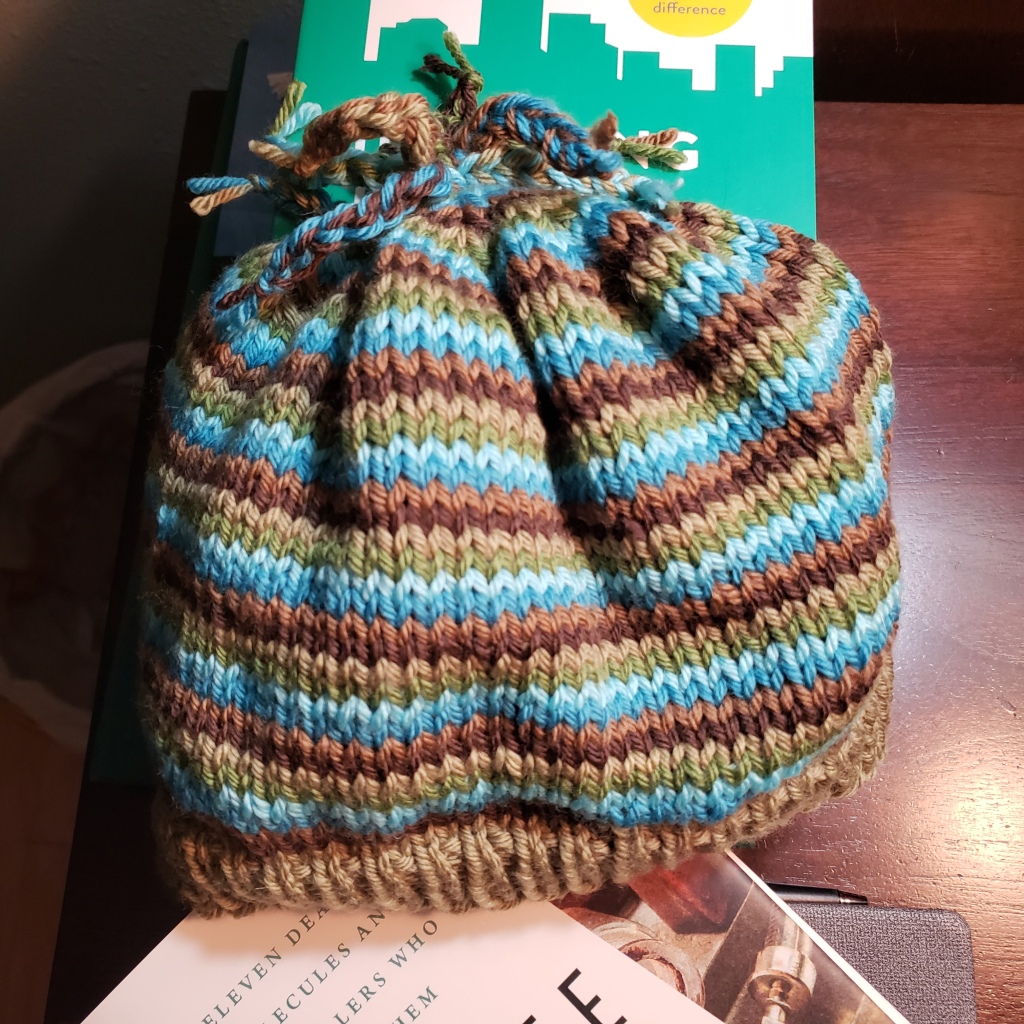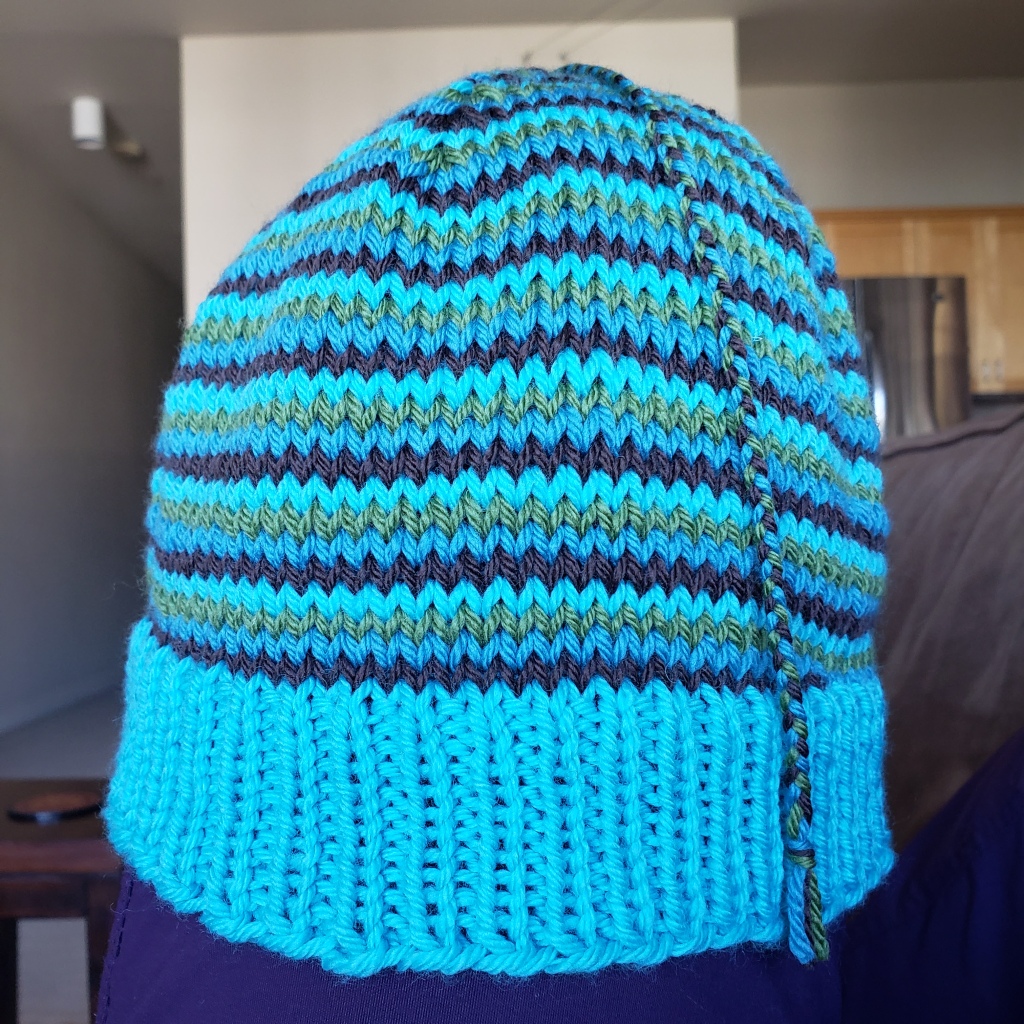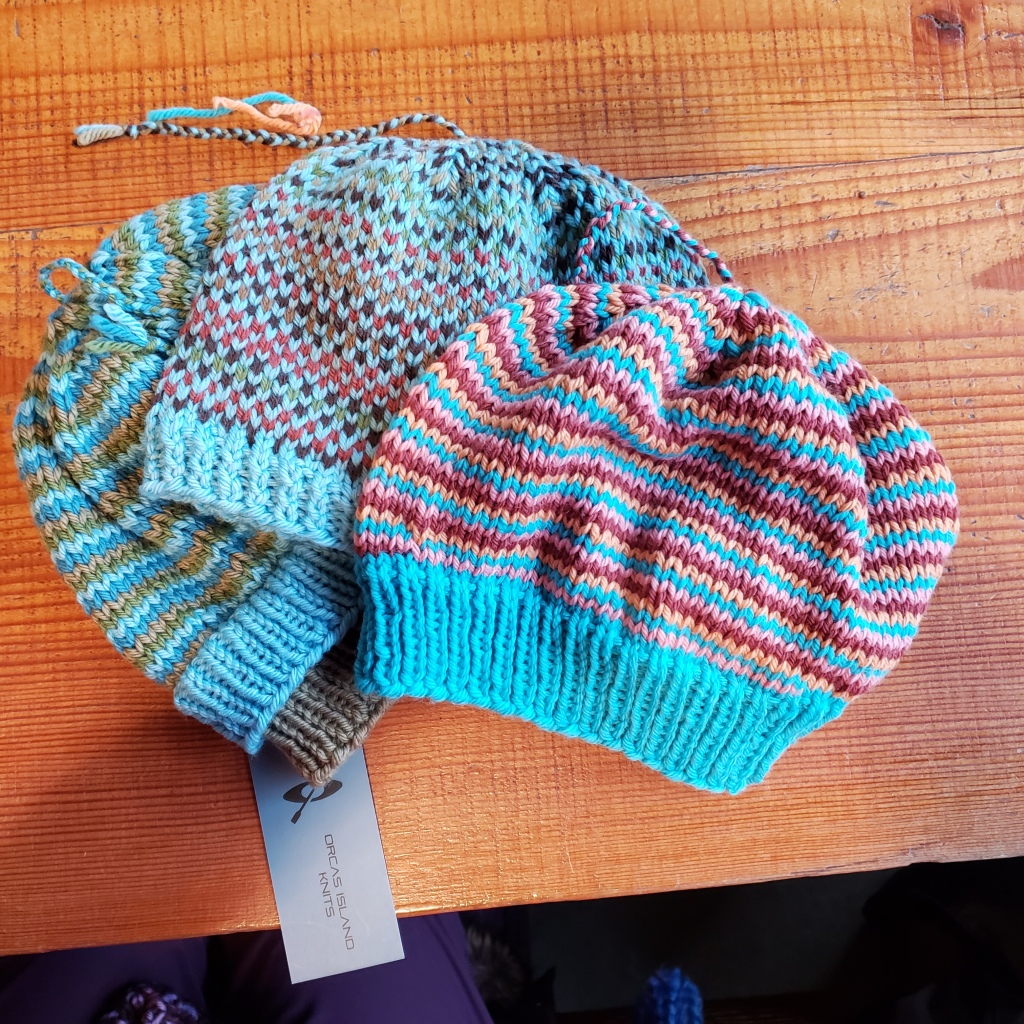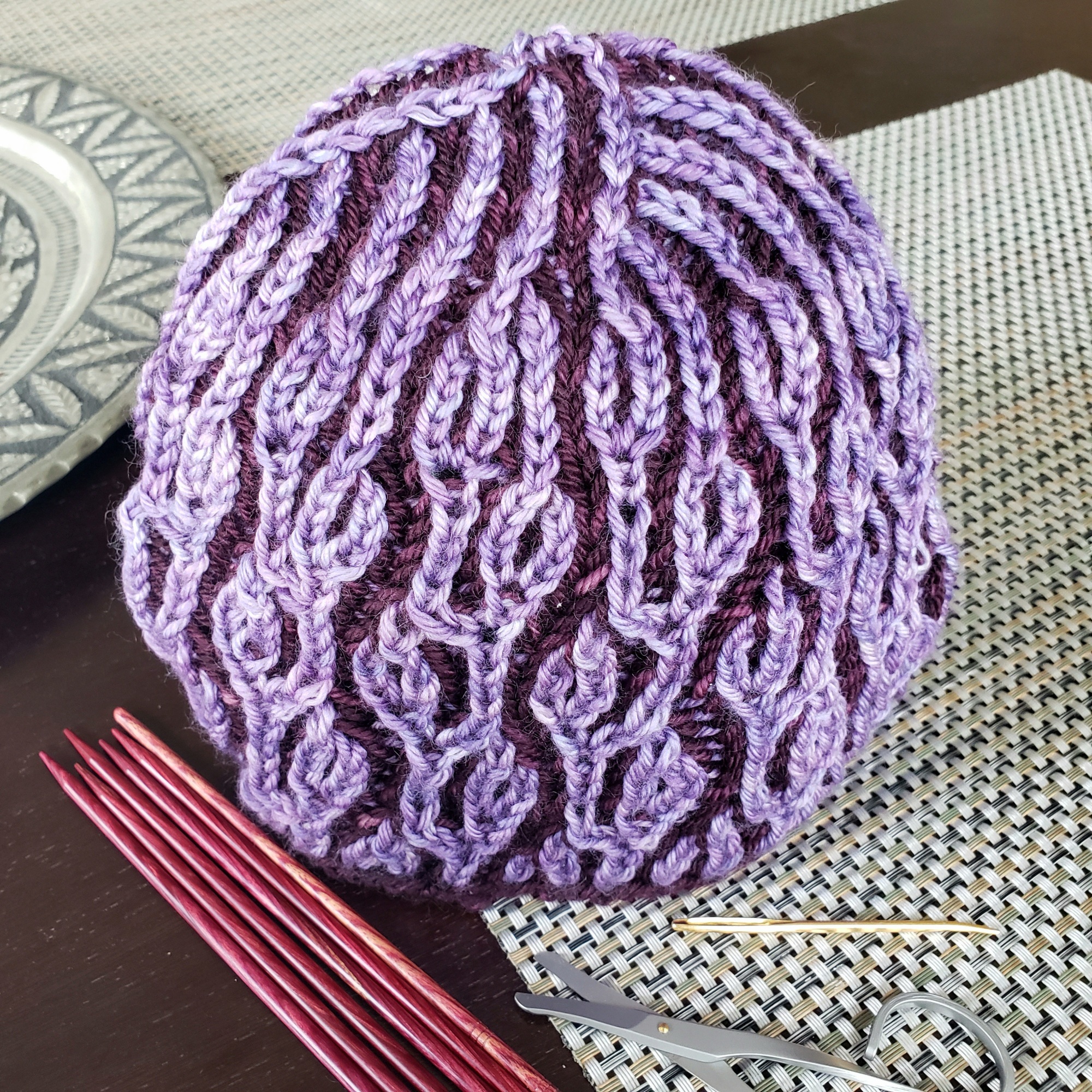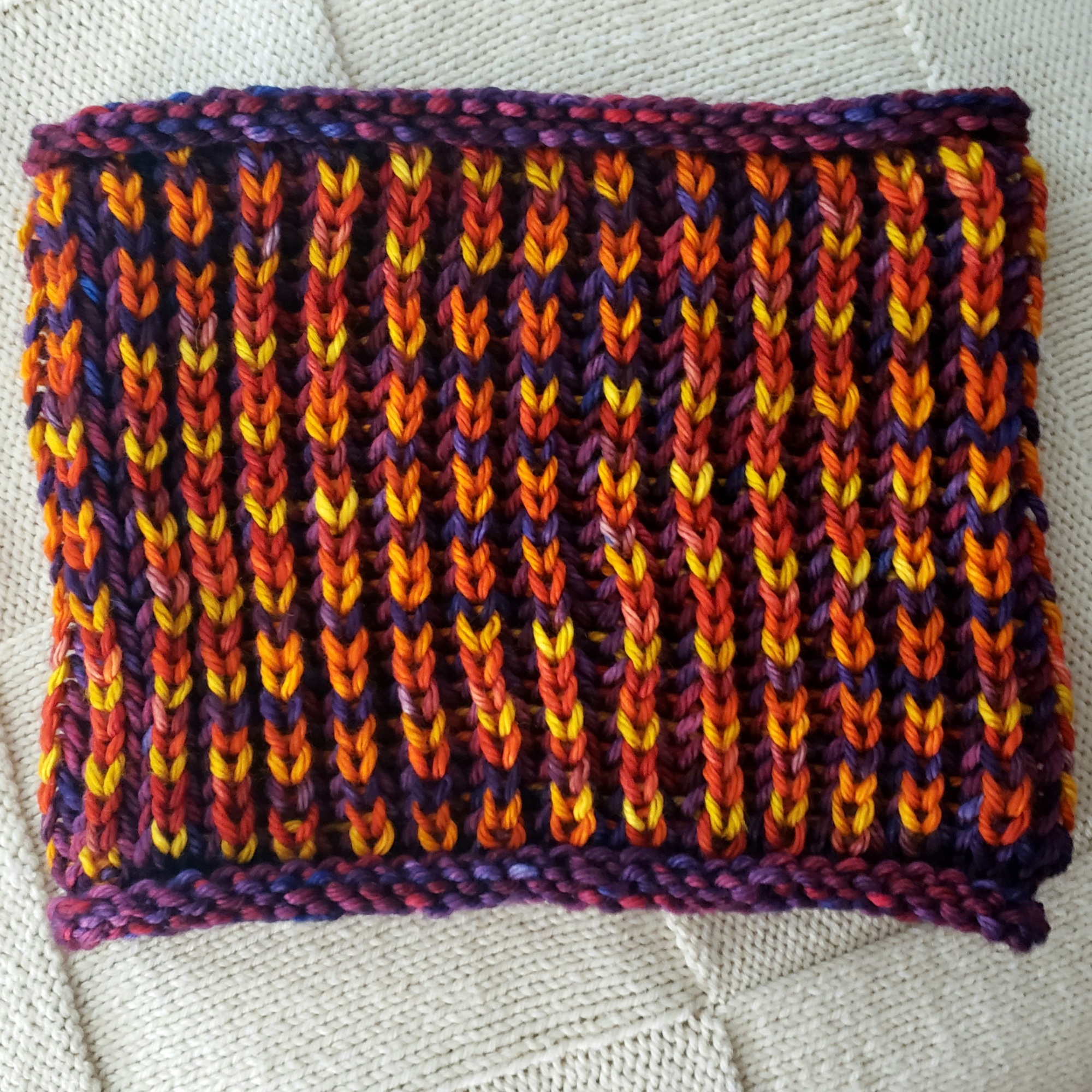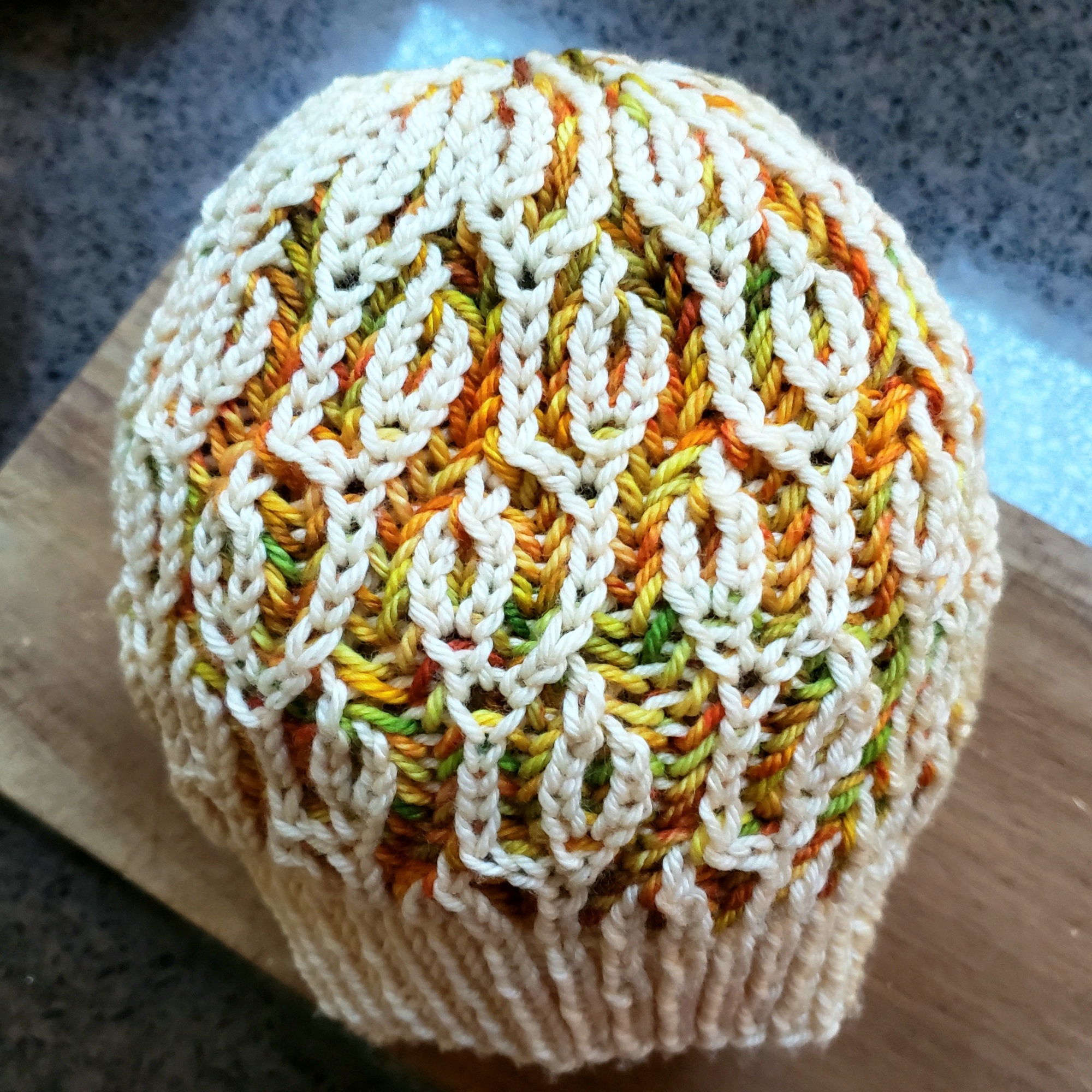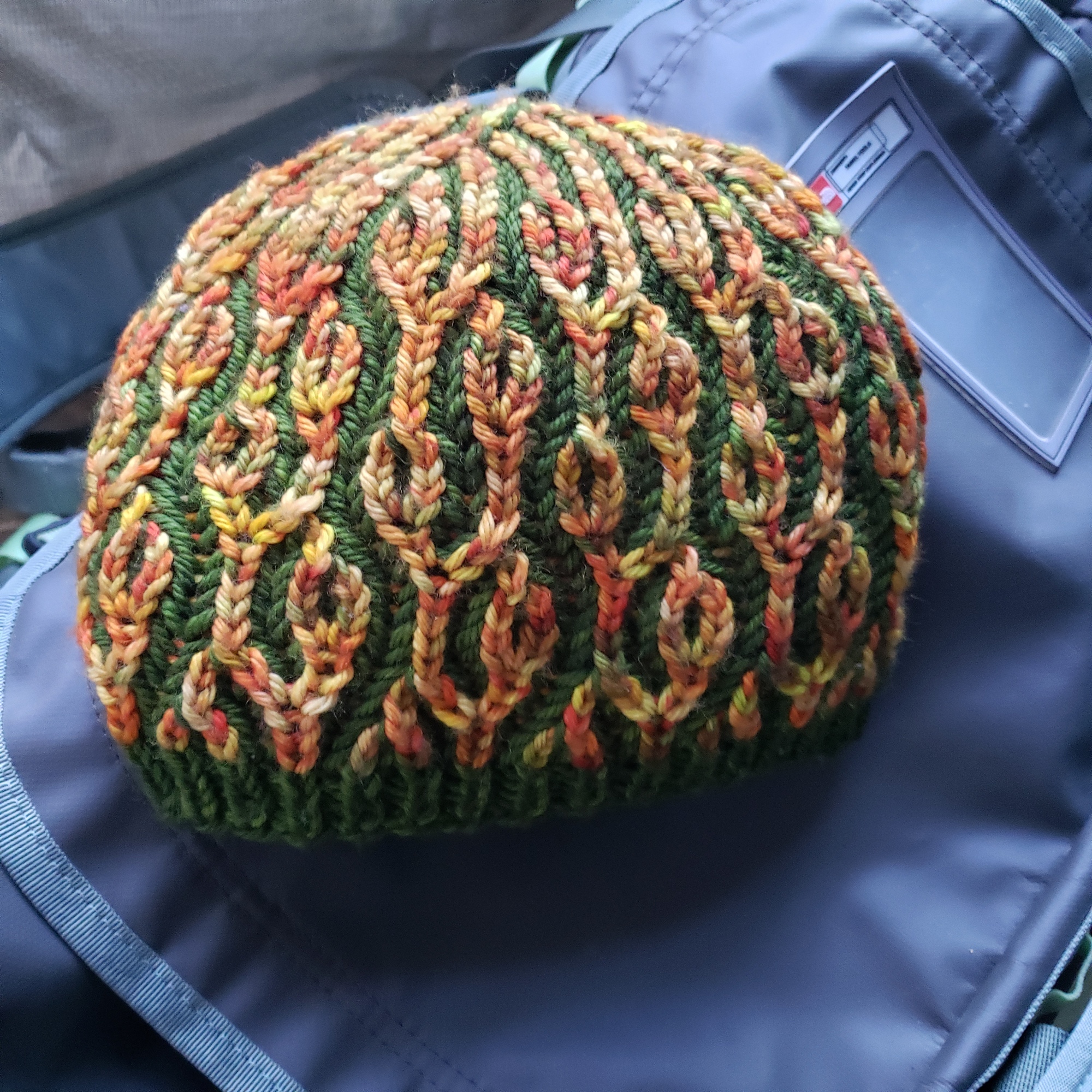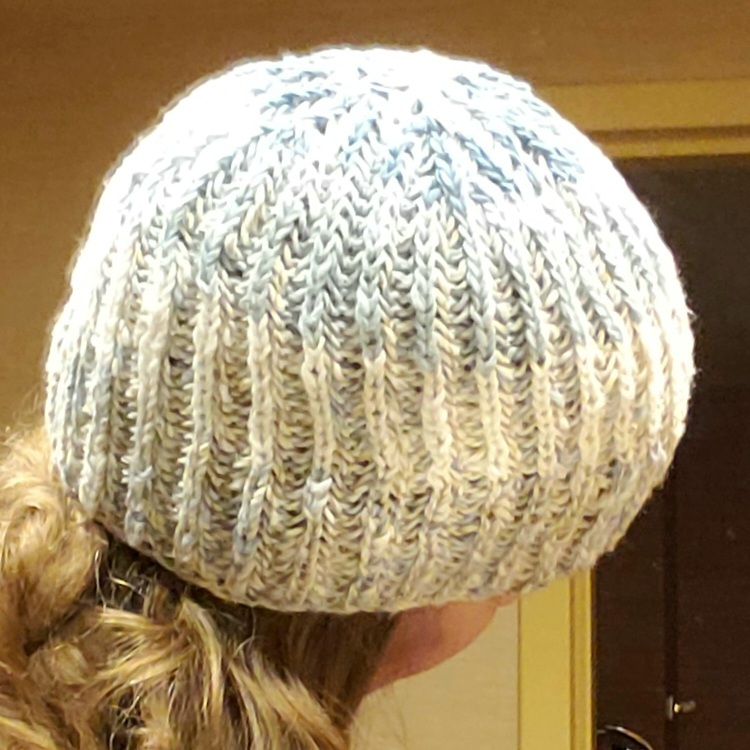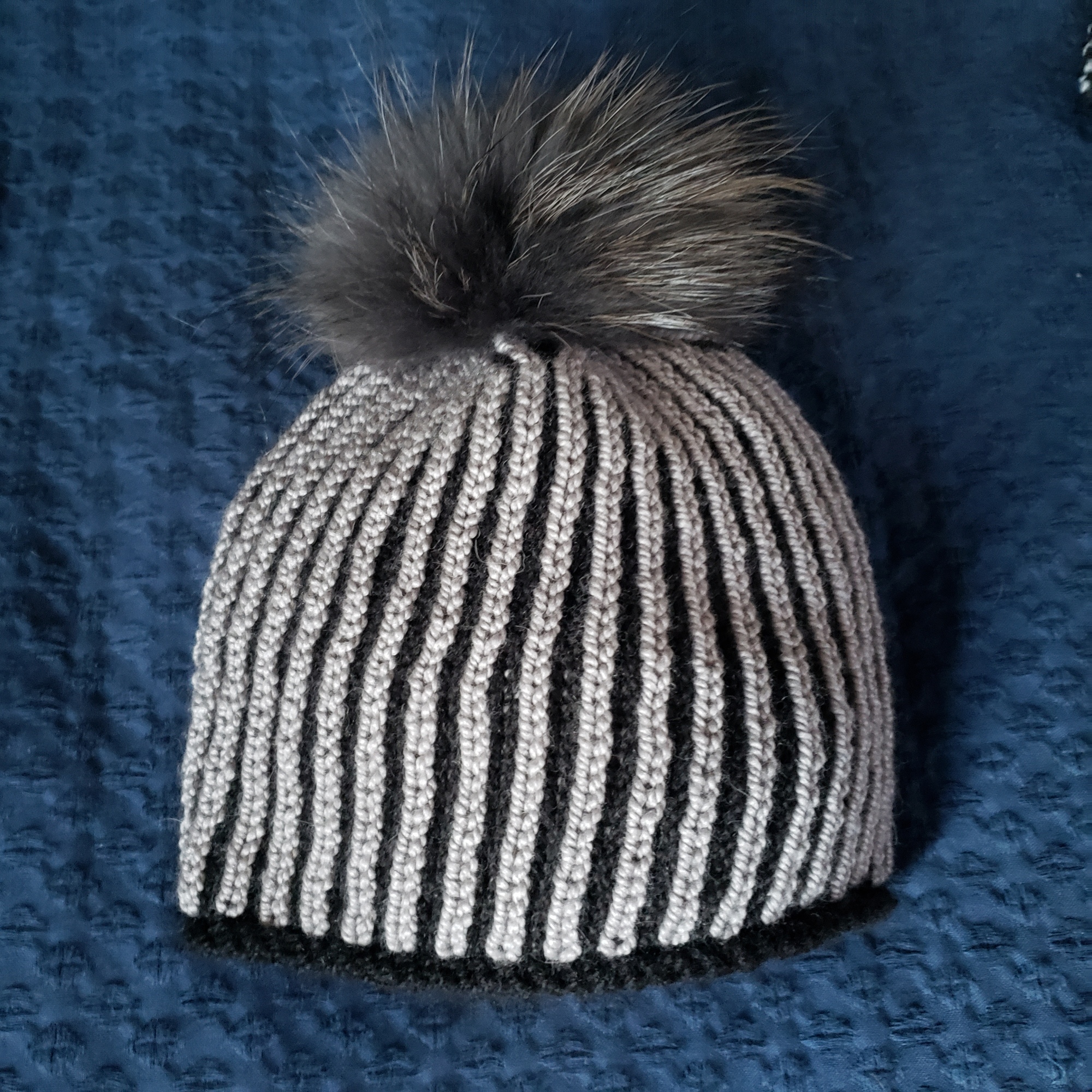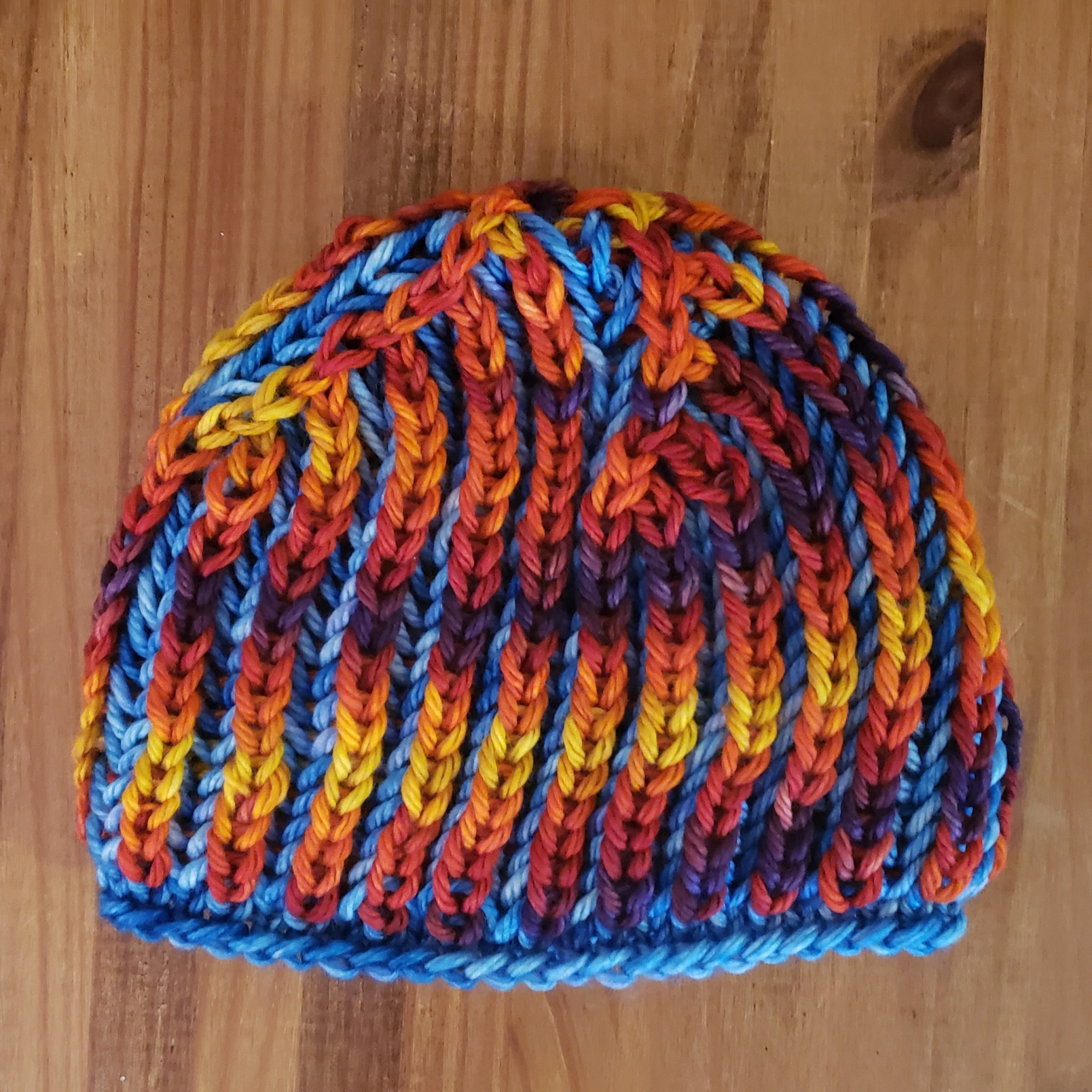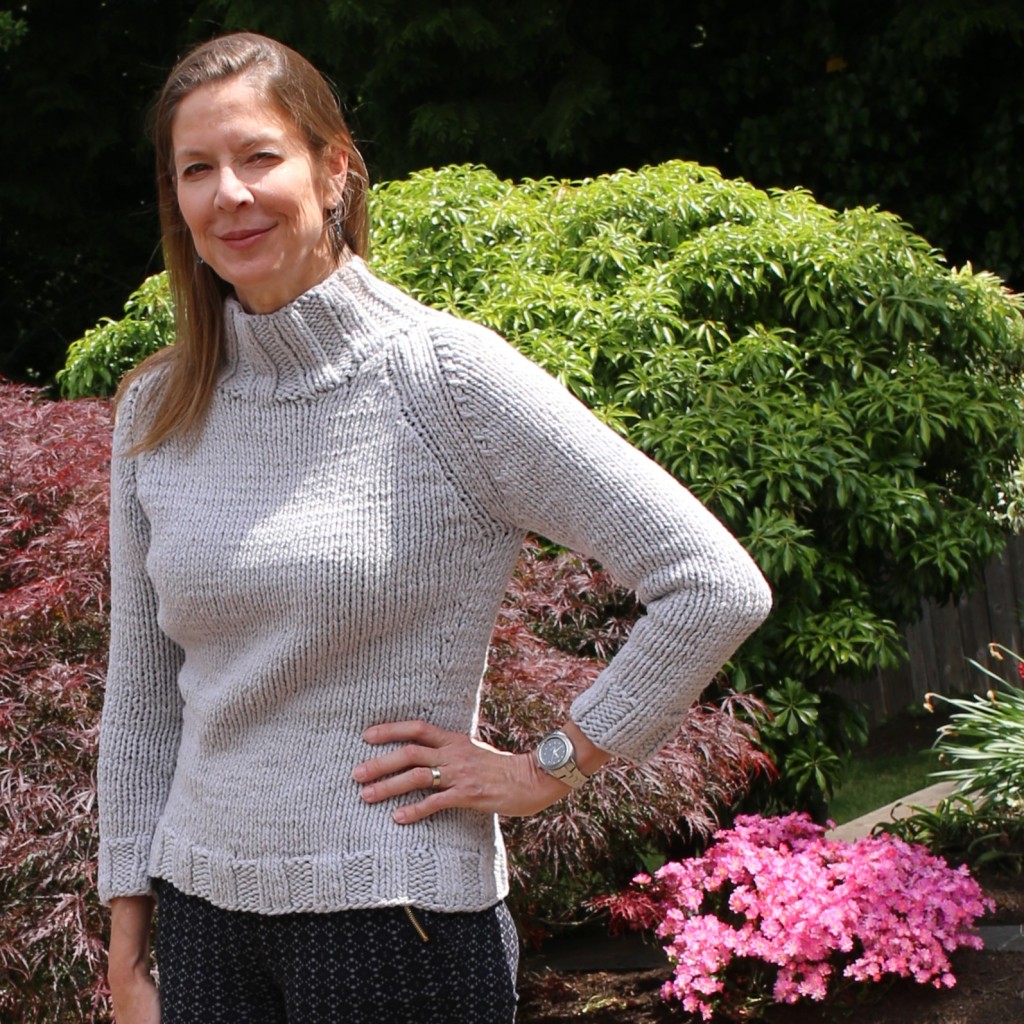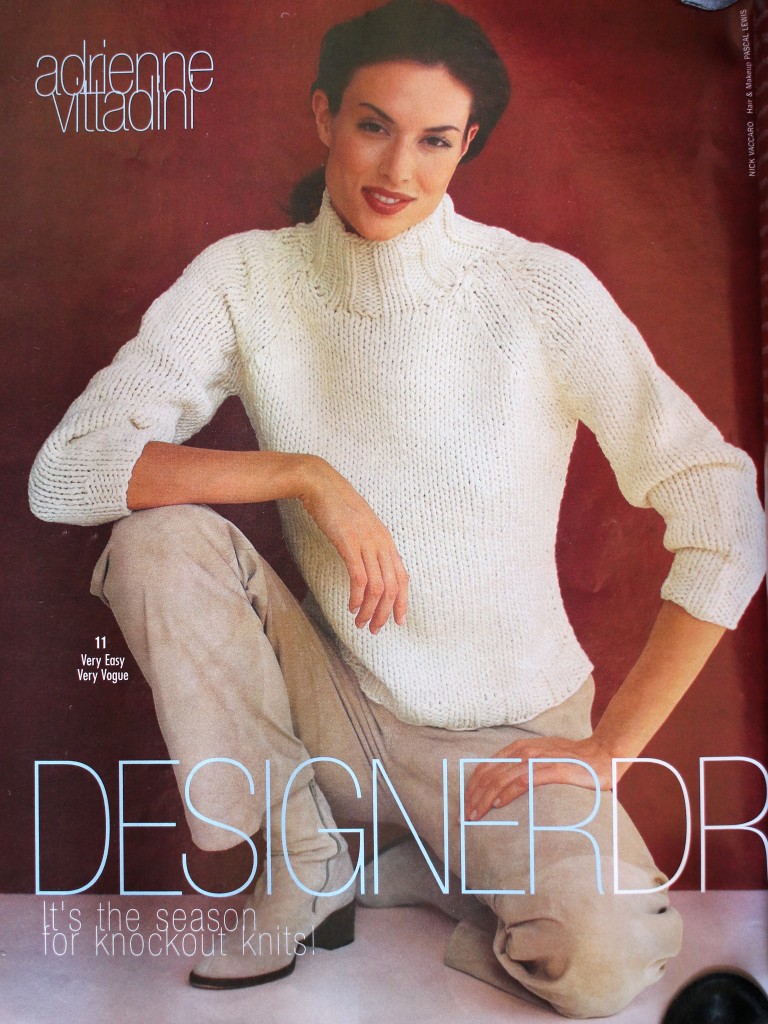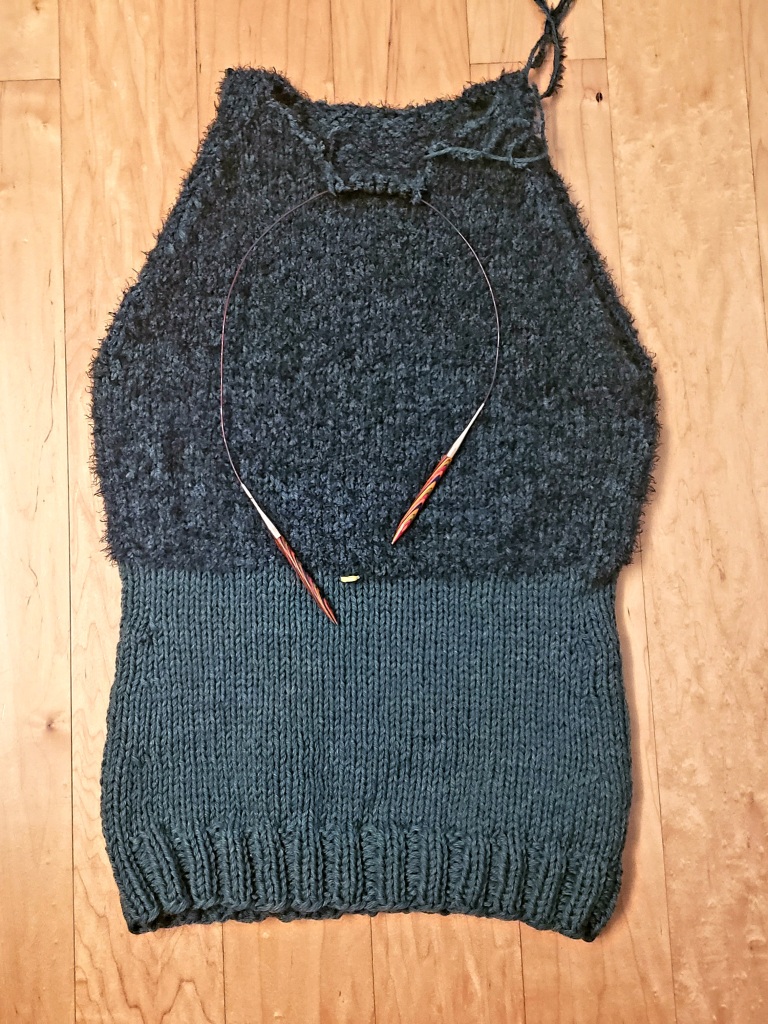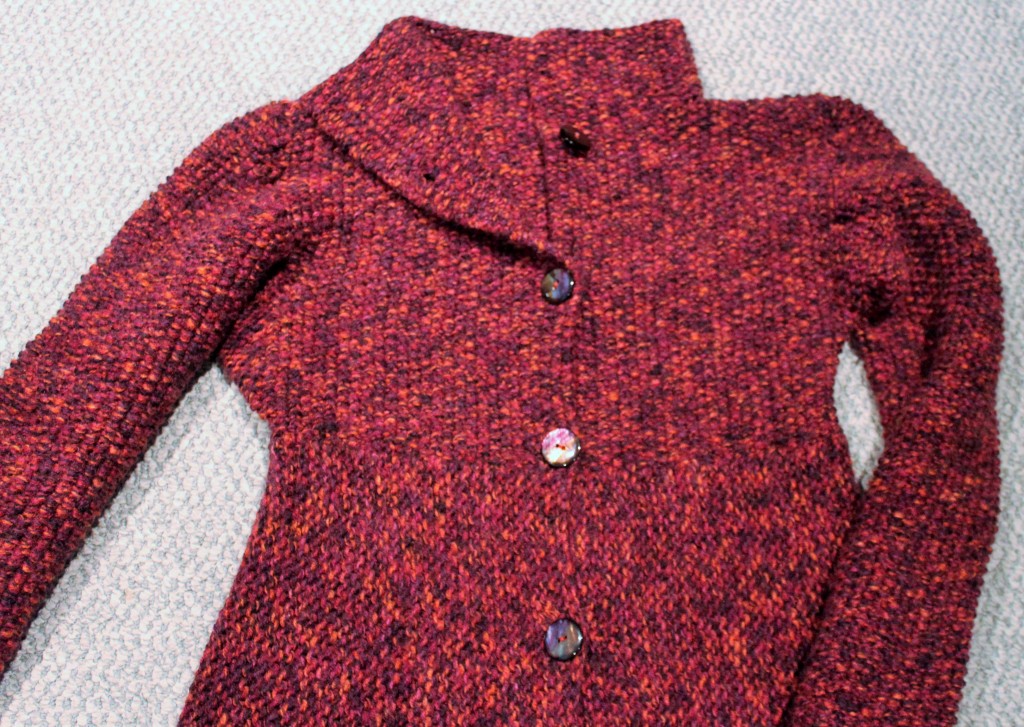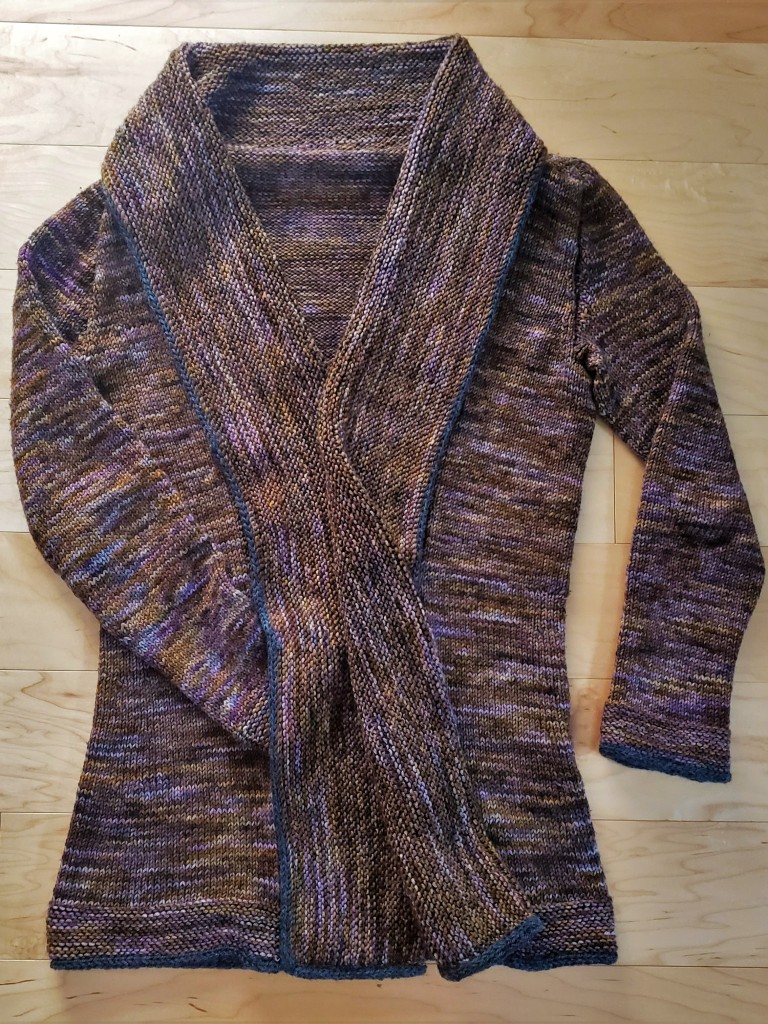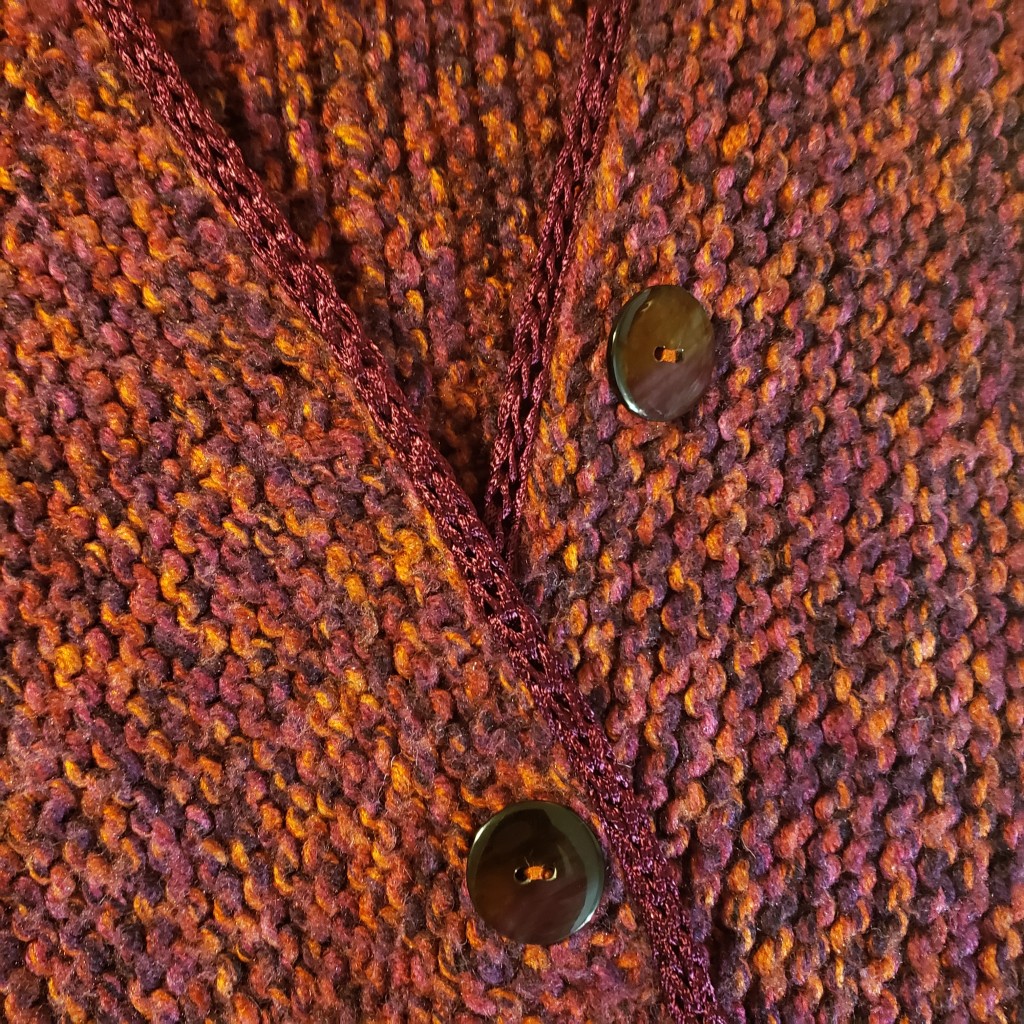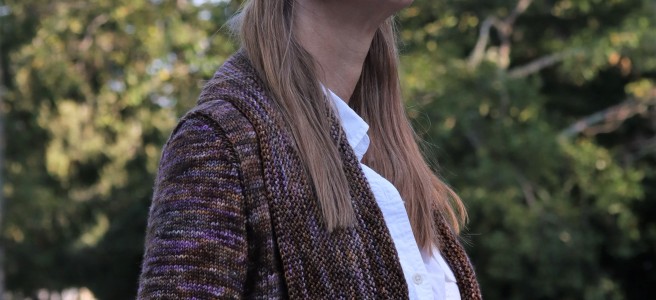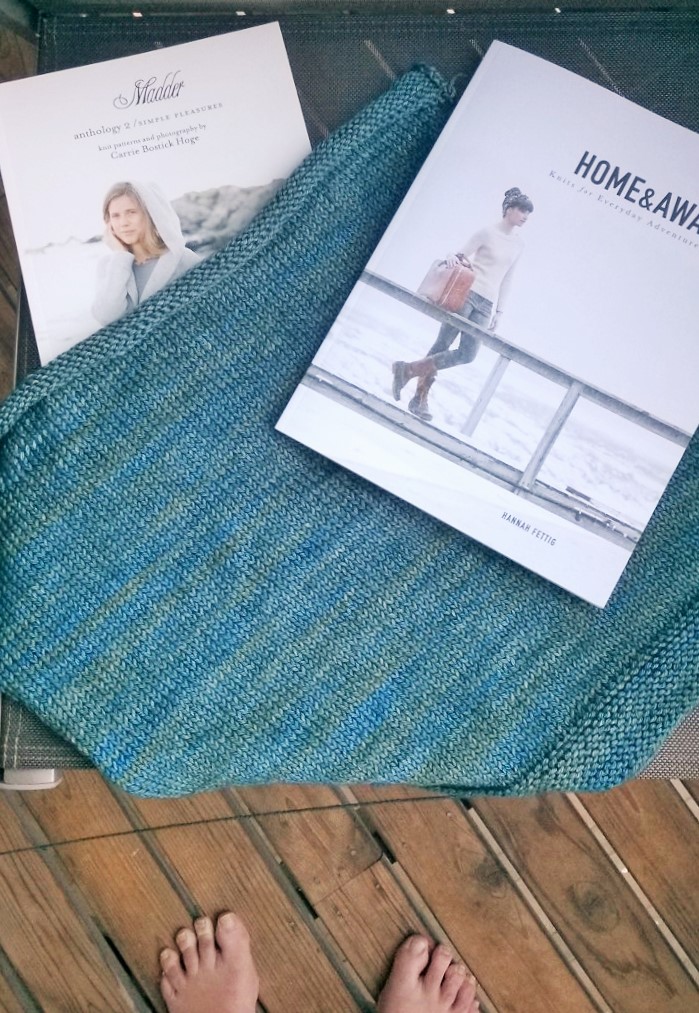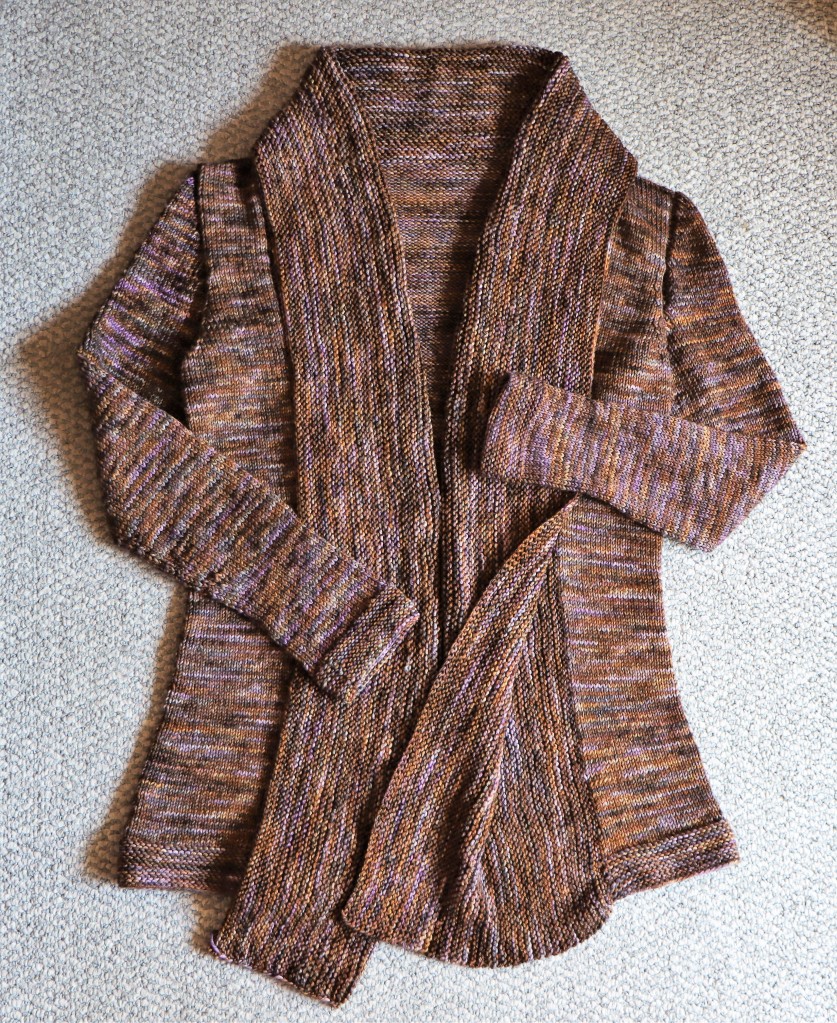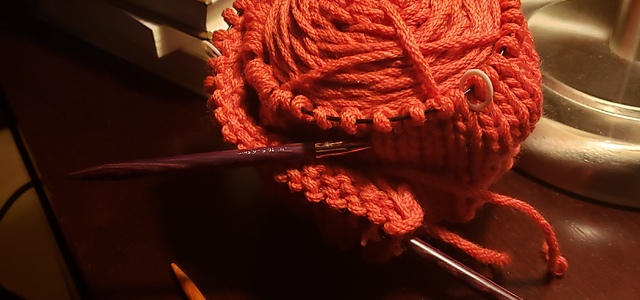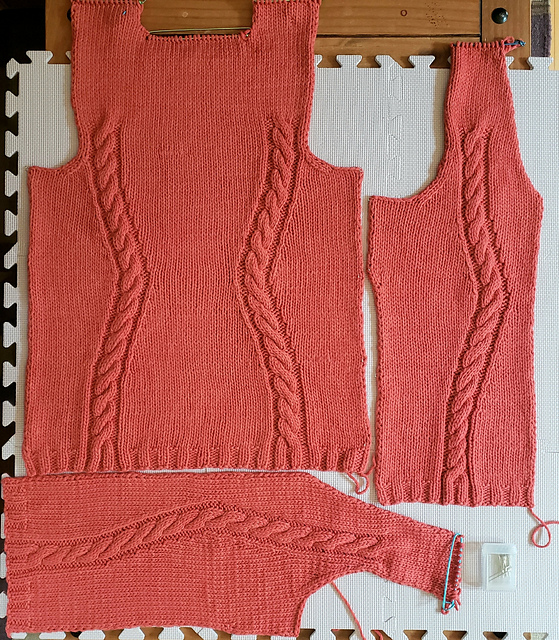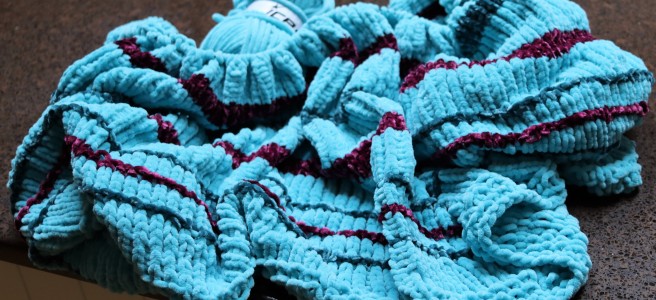Antarctica, the only continent I’d never set foot on, always felt out of reach. But after three years of planning and saving, last month I went. And when a knitter travels, they must have a project along!



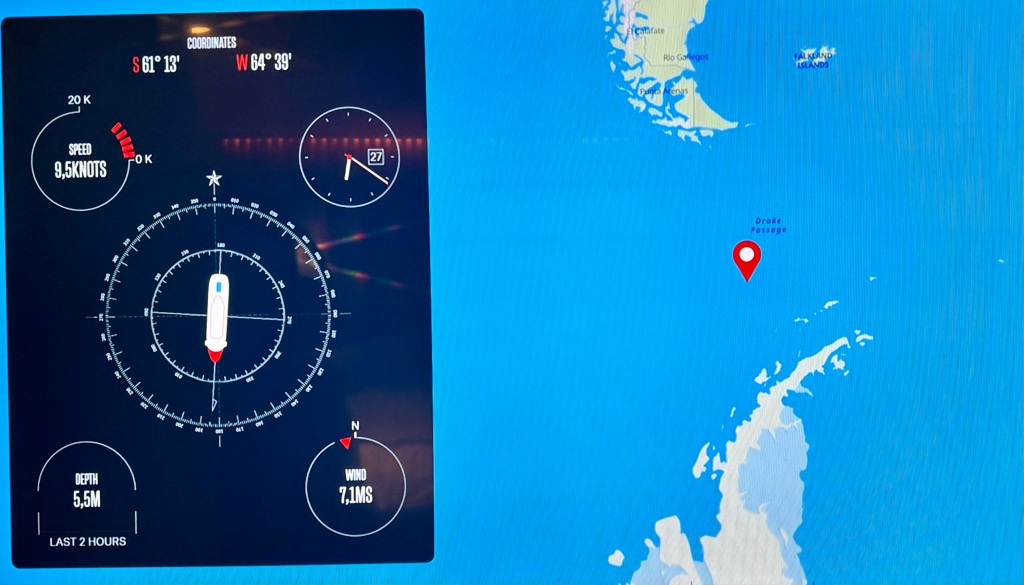
My first plan was to take a pair of socks I was making, but I finished them the day before I left. These I took to wear.
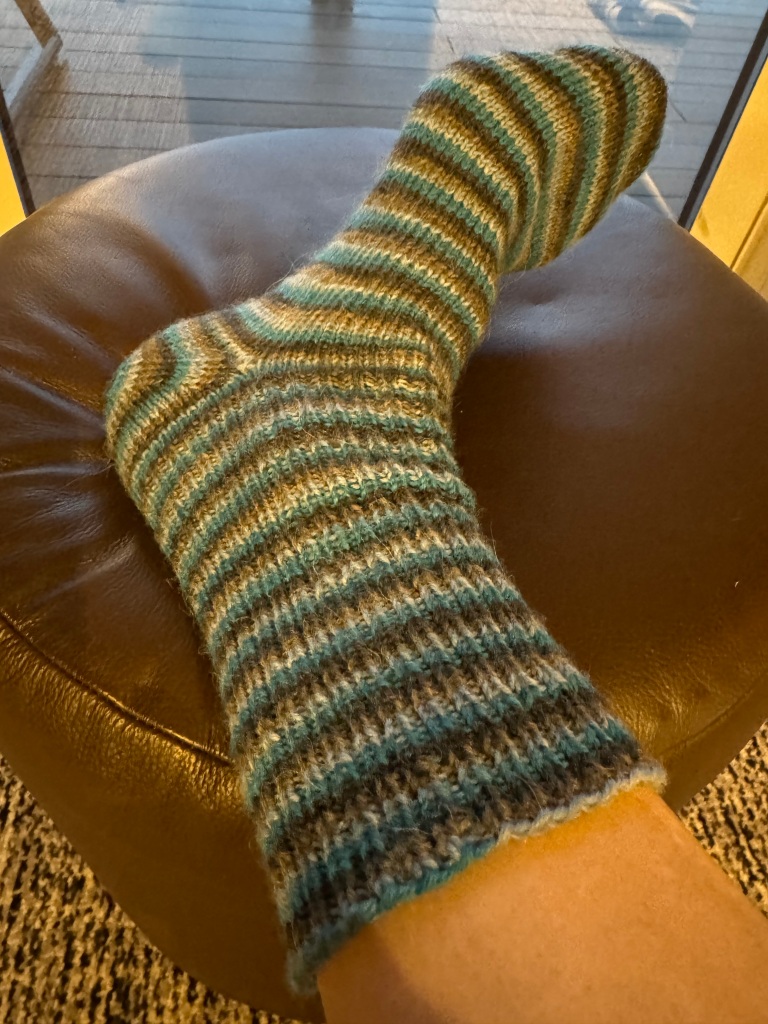
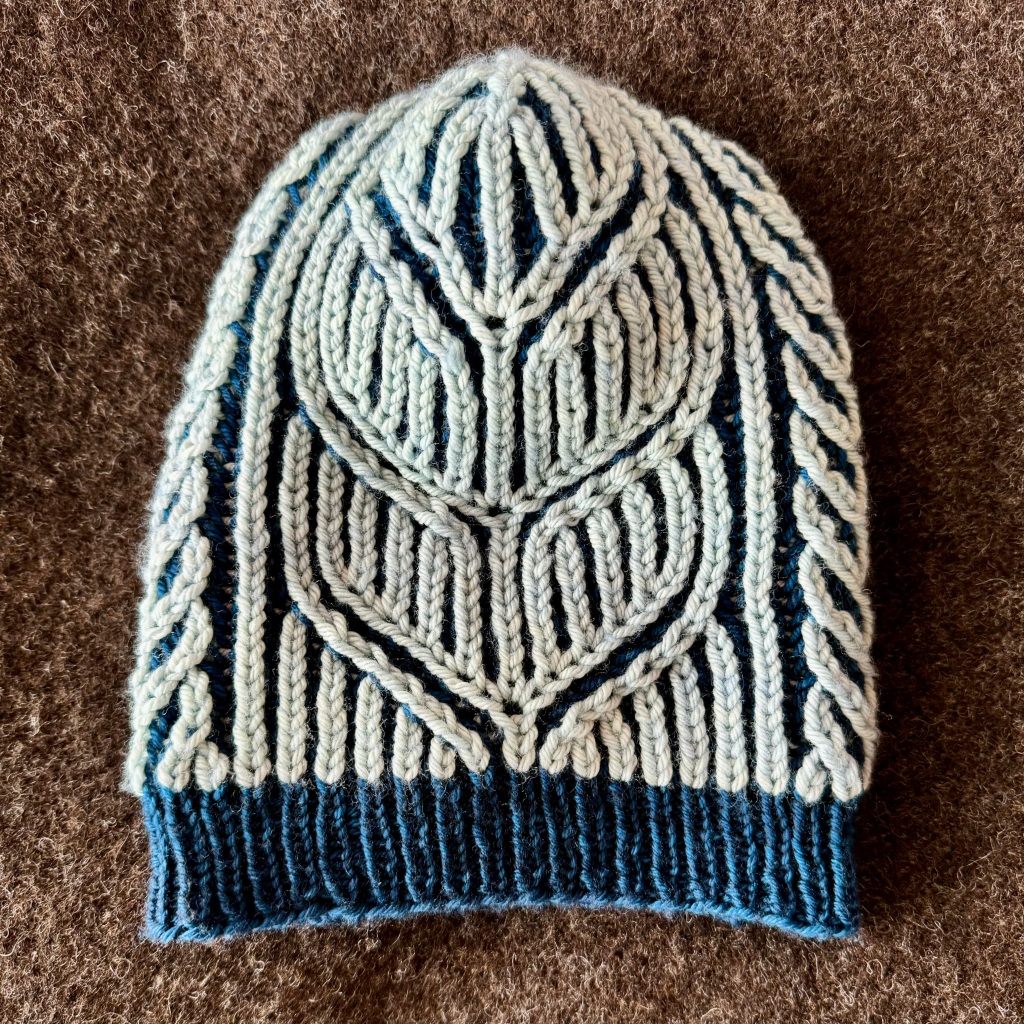
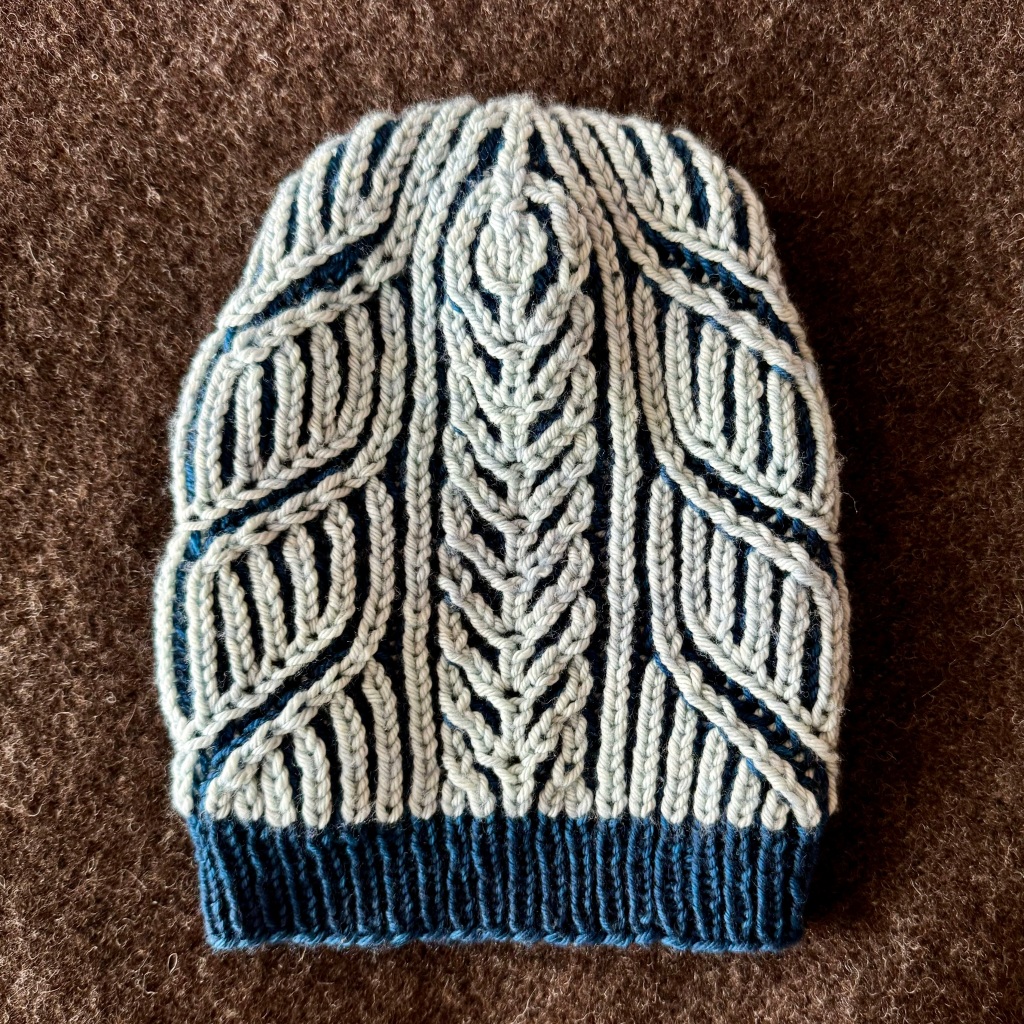
Then I decided to knit a Whale Watch Hat designed by PDXKnitterati. This I finished on the flight down.
Thankfully, I brought a third project, another pair of socks, which tided me over. These are still a WIP.
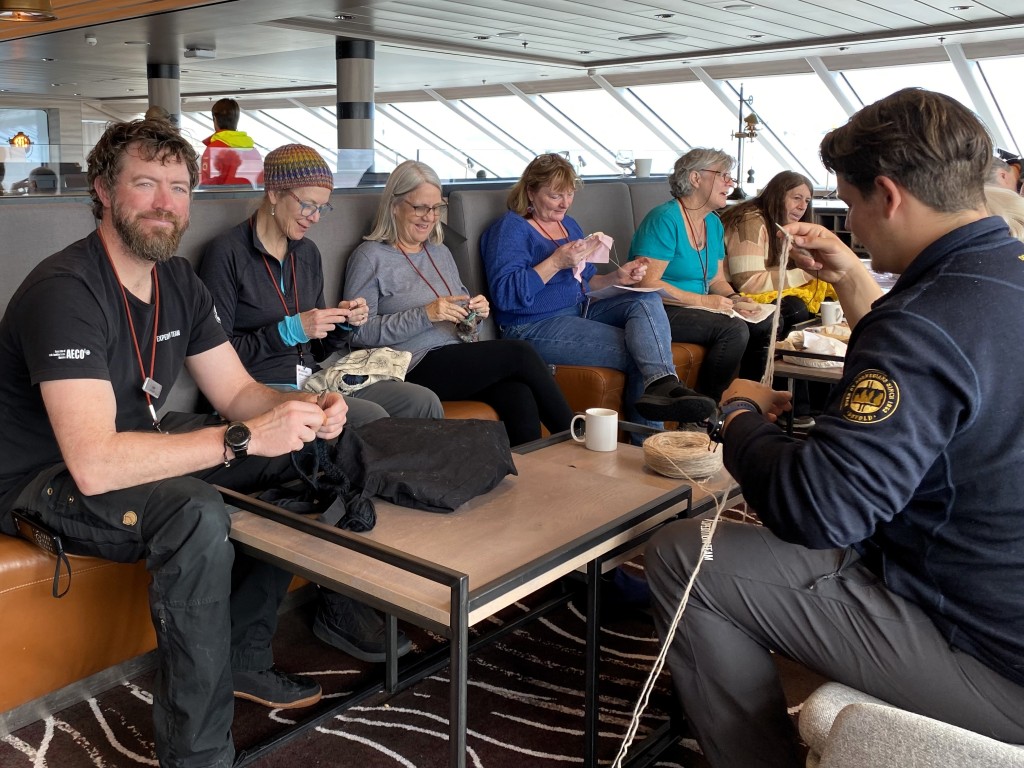

Our days were busy and there was hardly time to knit. But, the expedition team, many of whom knit, would hold two-hour “Knit and Natters” on ‘at sea’ days. I attended half and lots of attendees were crew. That’s right. Just like in the days of old, seamen knit!
The trip was amazing, and I enjoyed it so much, I signed up for a trip to Machu Pichu, the Galapagos, and the headwaters of the Amazon with the same company. I leave in early May.
Why so soon? Seeing my dad nearly die last summer while I was caring for him made me realize it’s time to stop just existing and start living life.
And knitting? That’s coming along for the ride.
If you are wondering which project I landed on from the “Fresh Scent of Vintage Wool” post; I started the blanket, realized there wasn’t enough, and switched to the sweater. Fingers crossed I’ll have enough, since there are only 70 yards on each of the 23 skeins.
